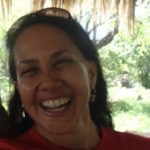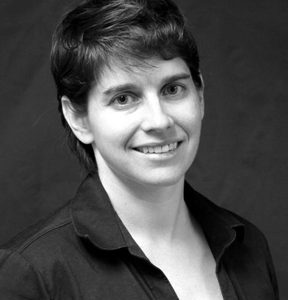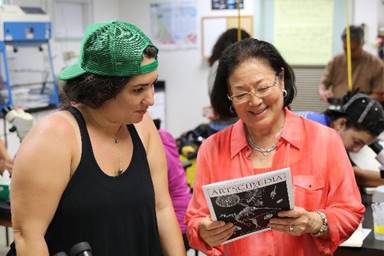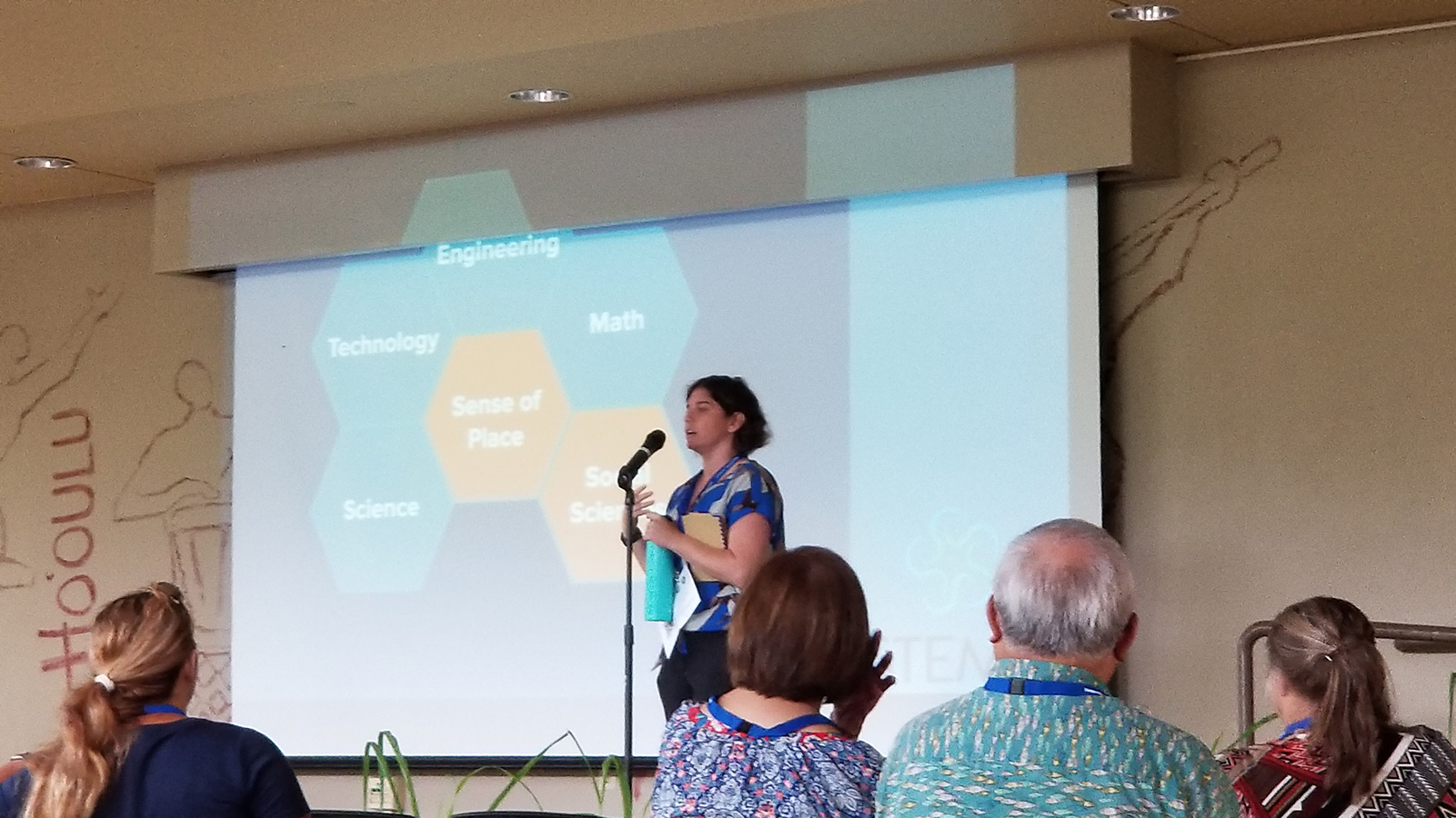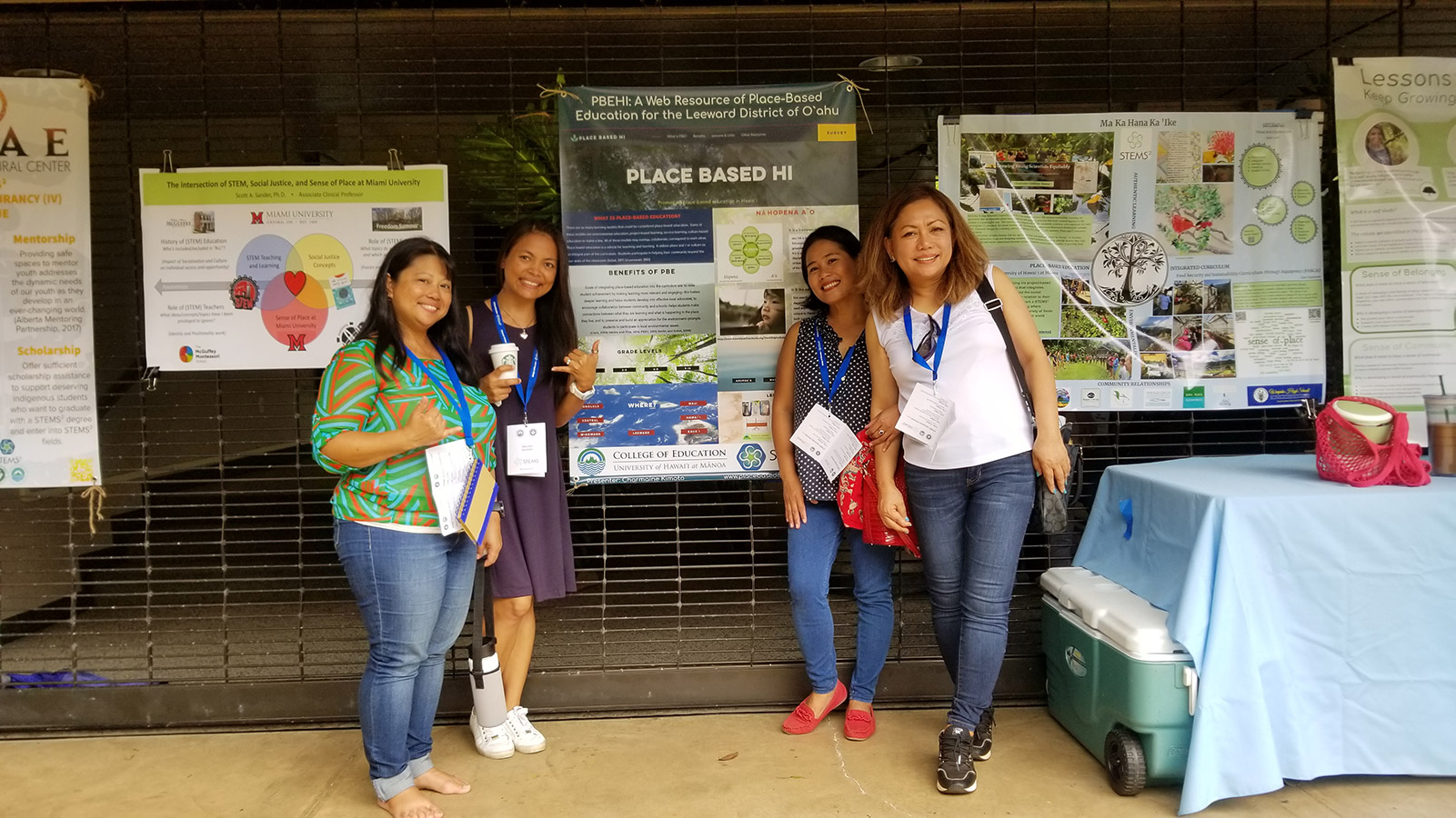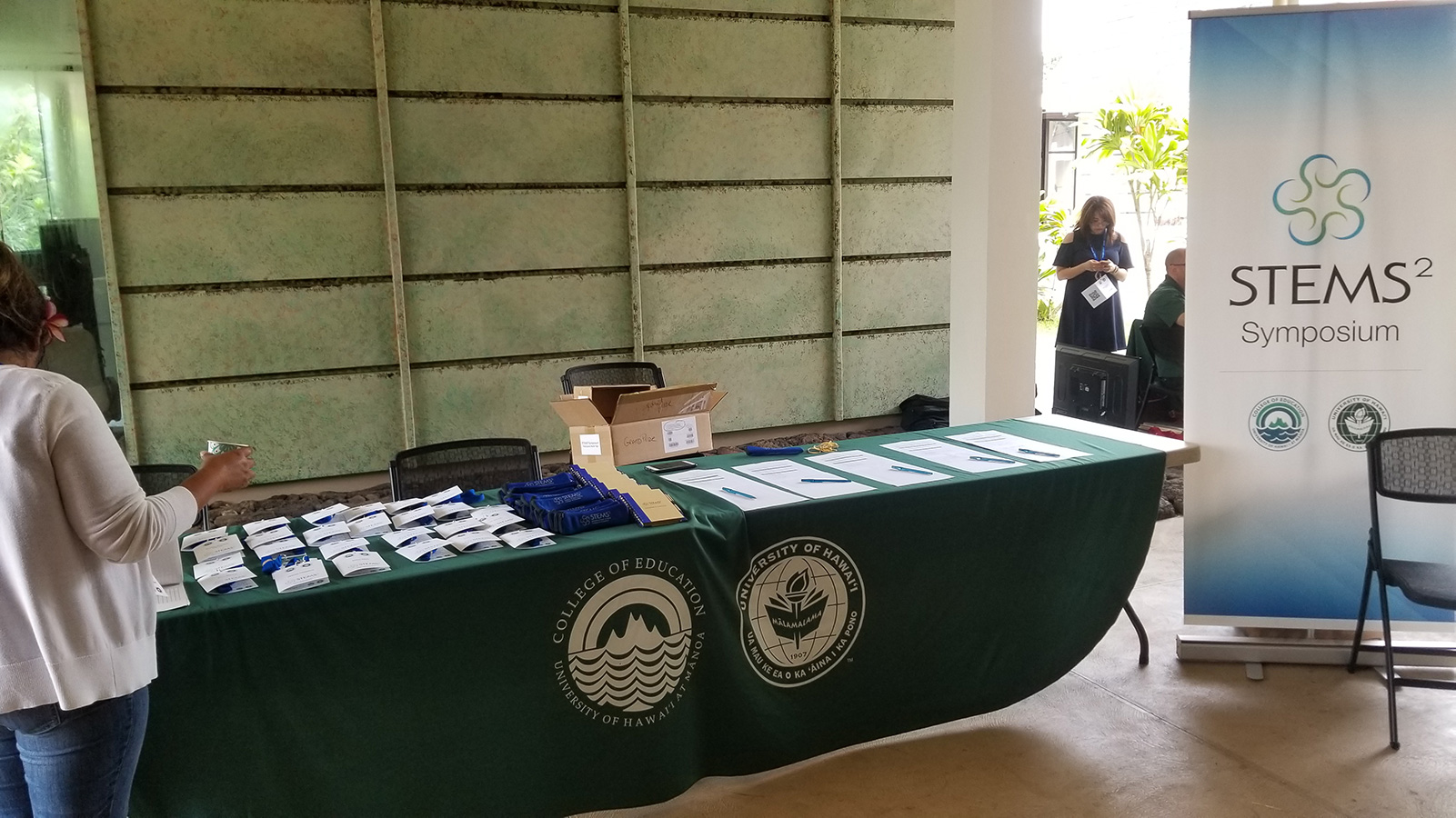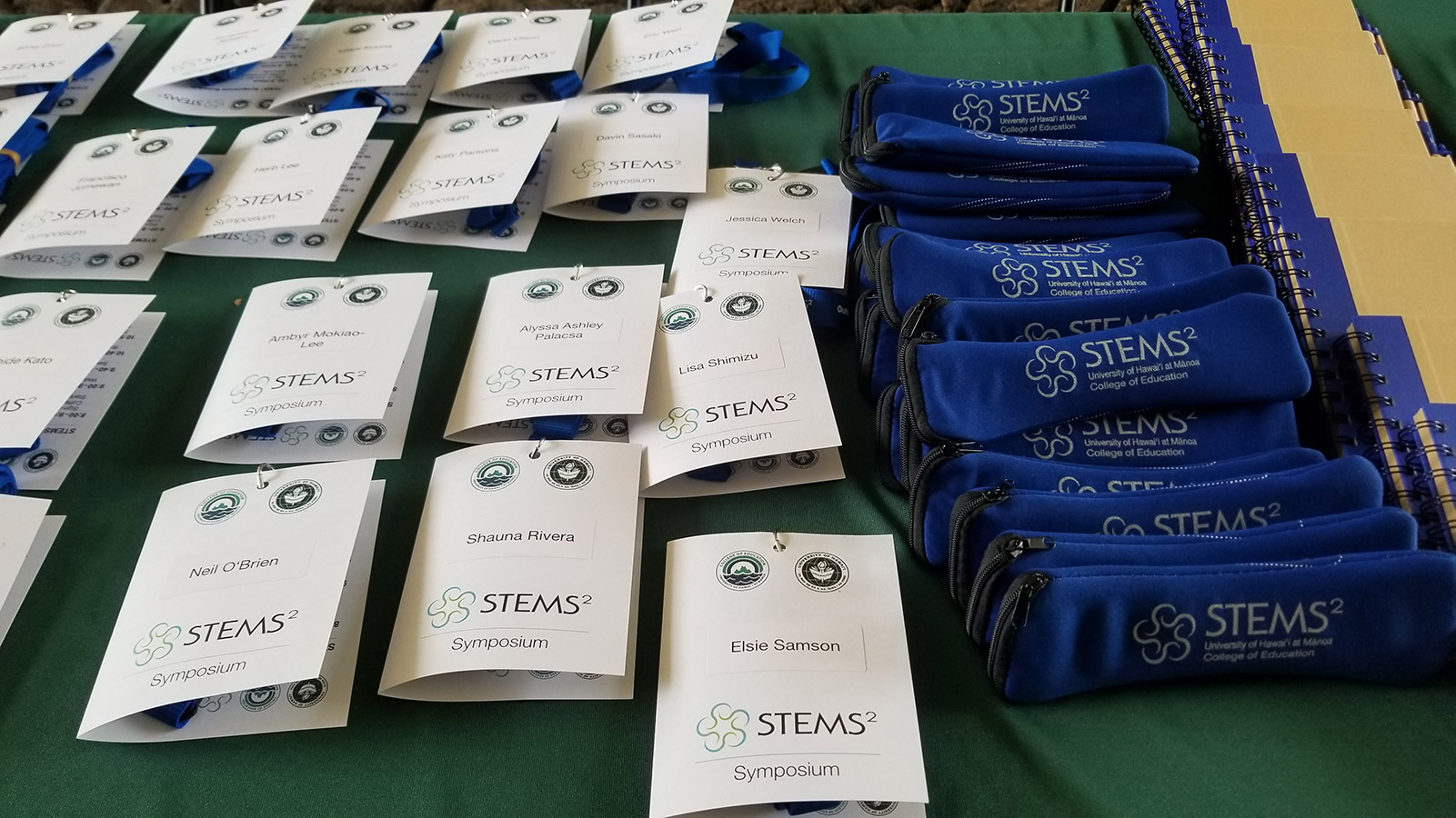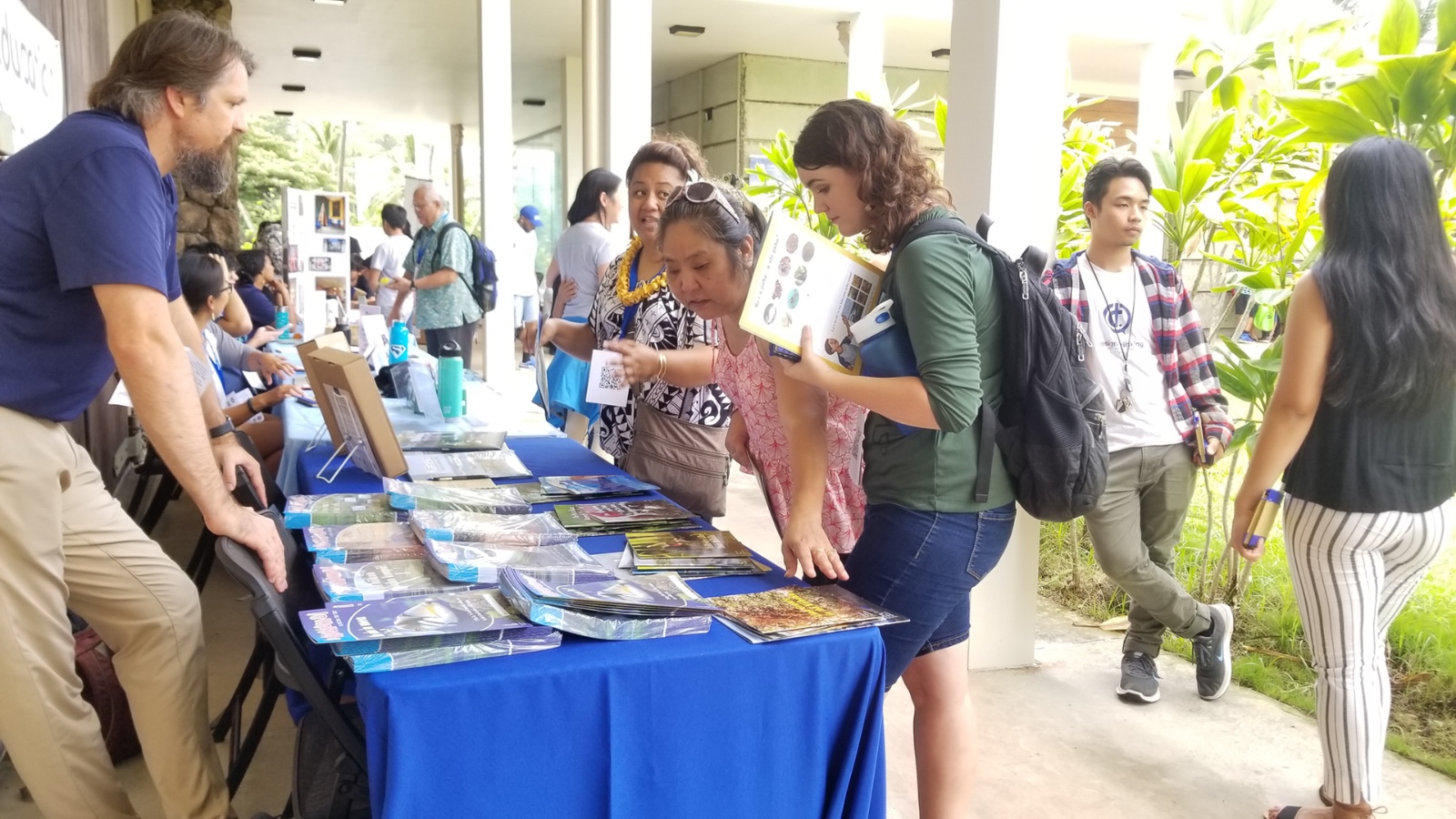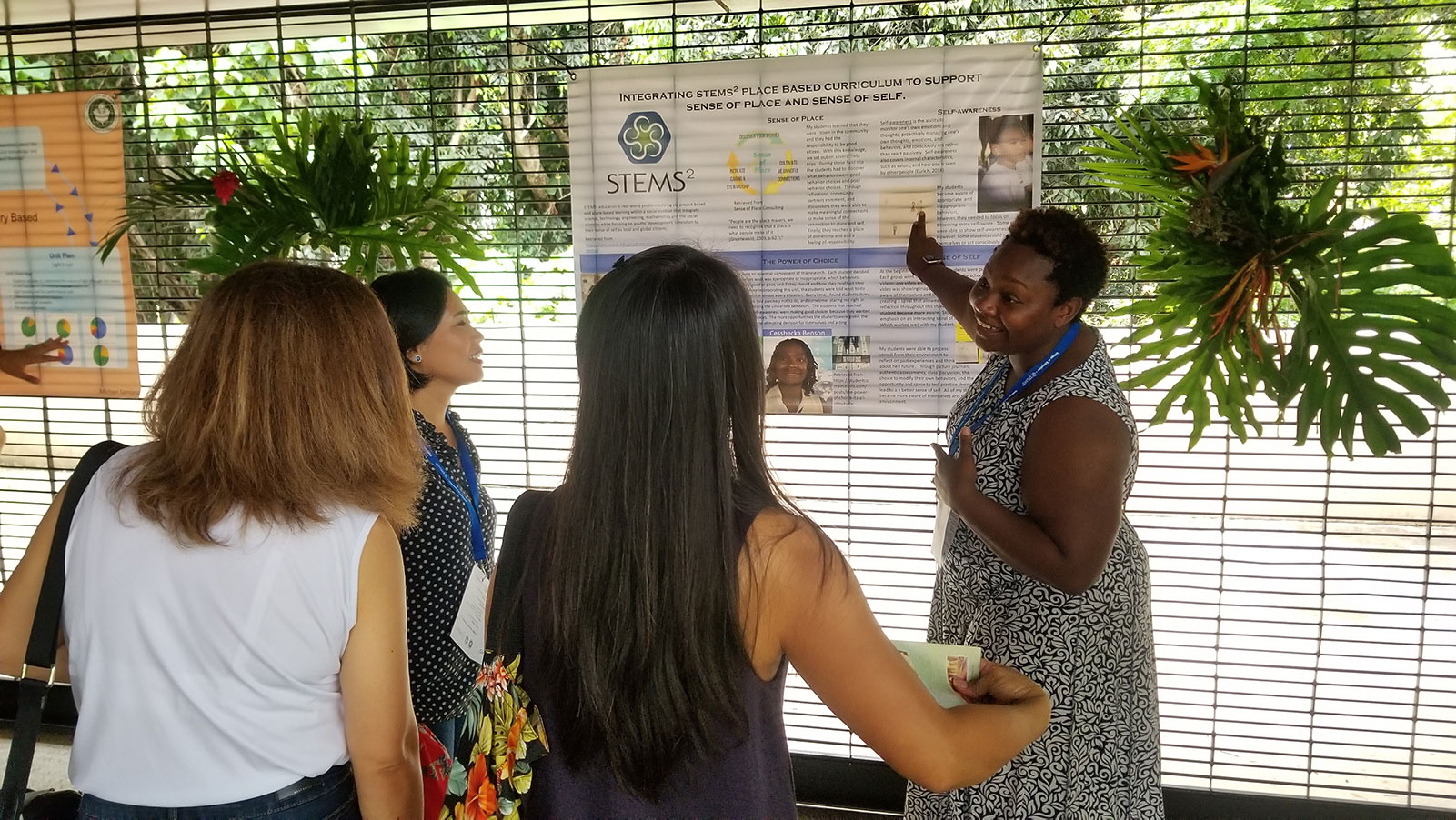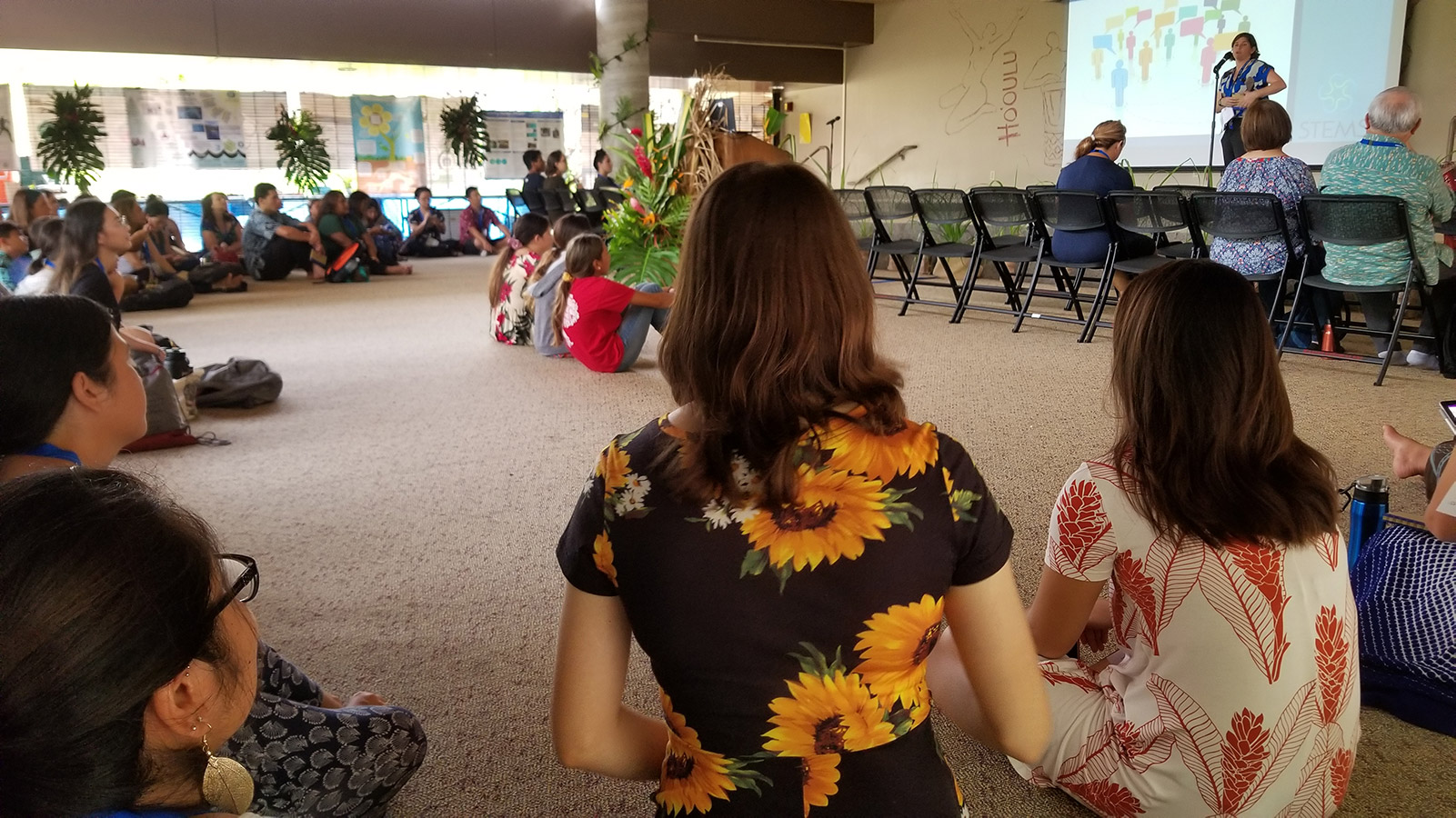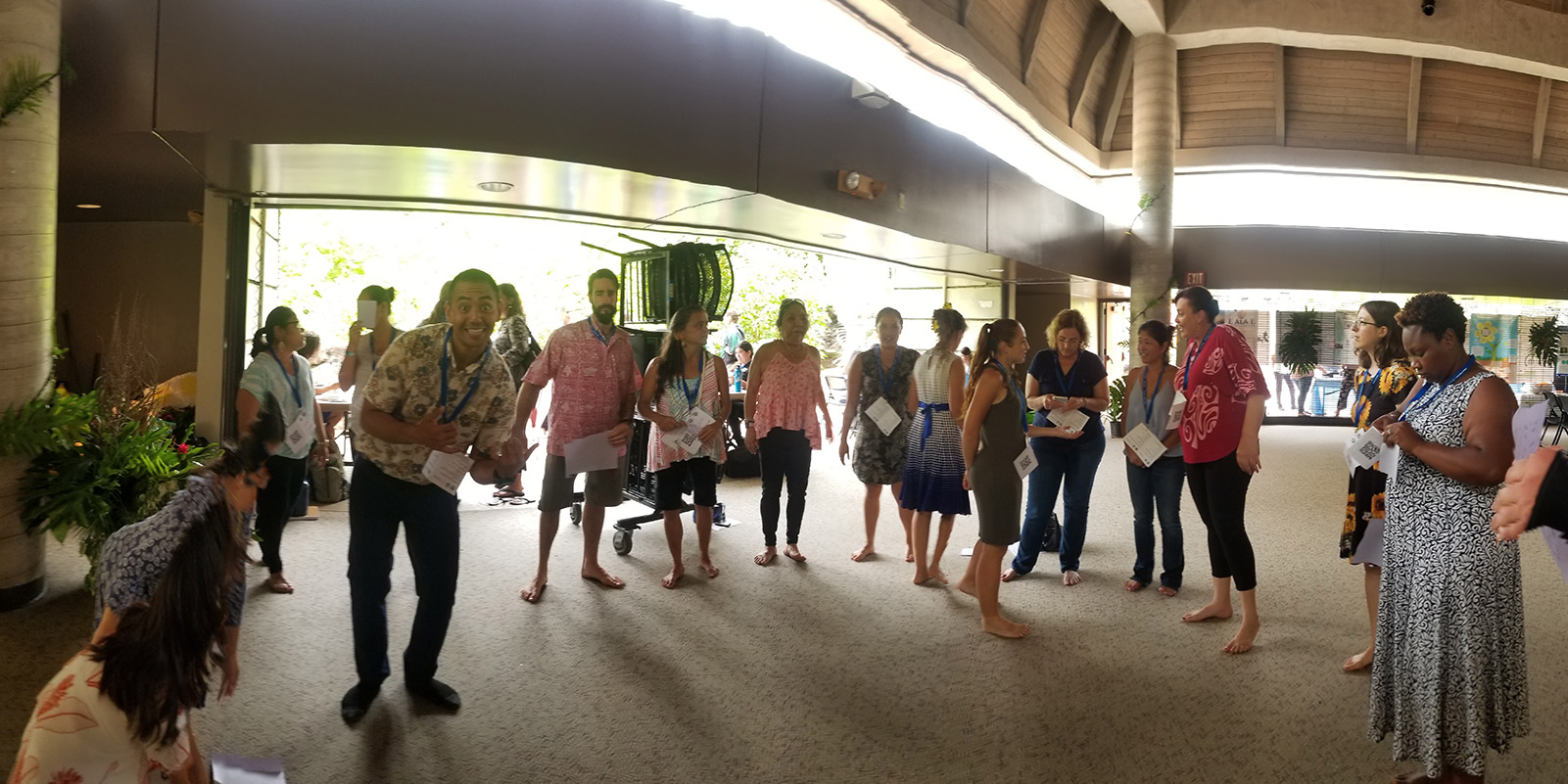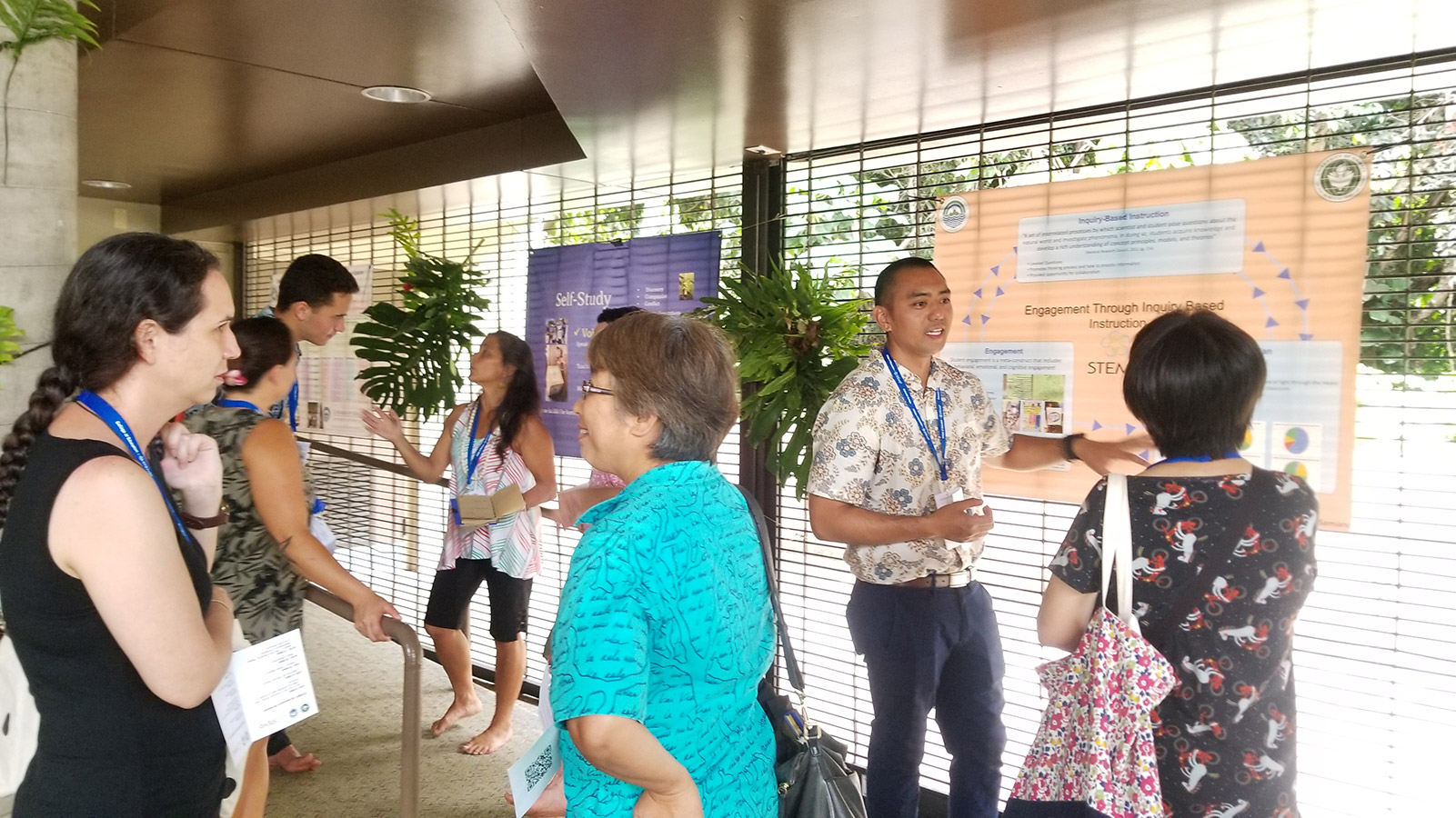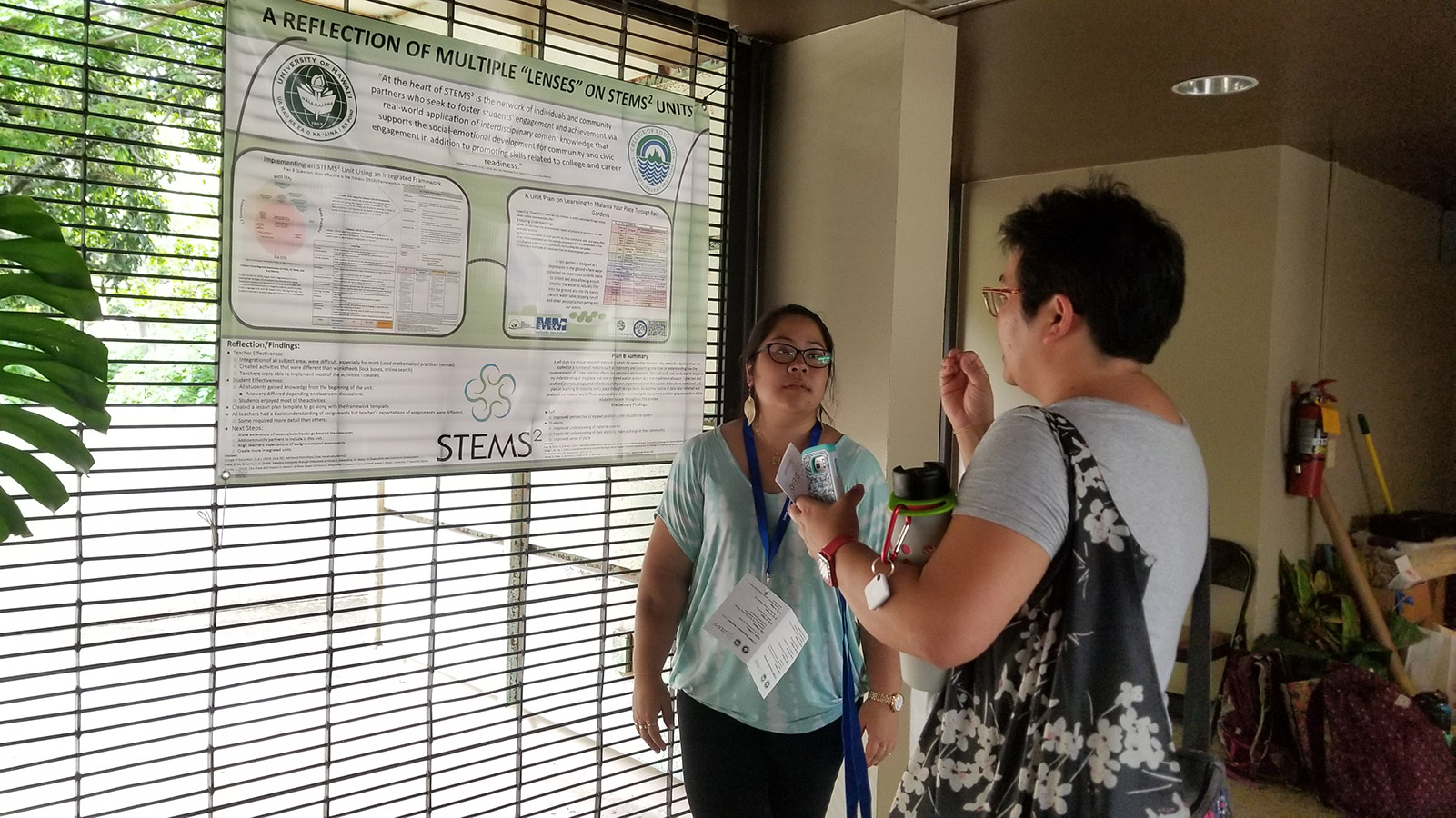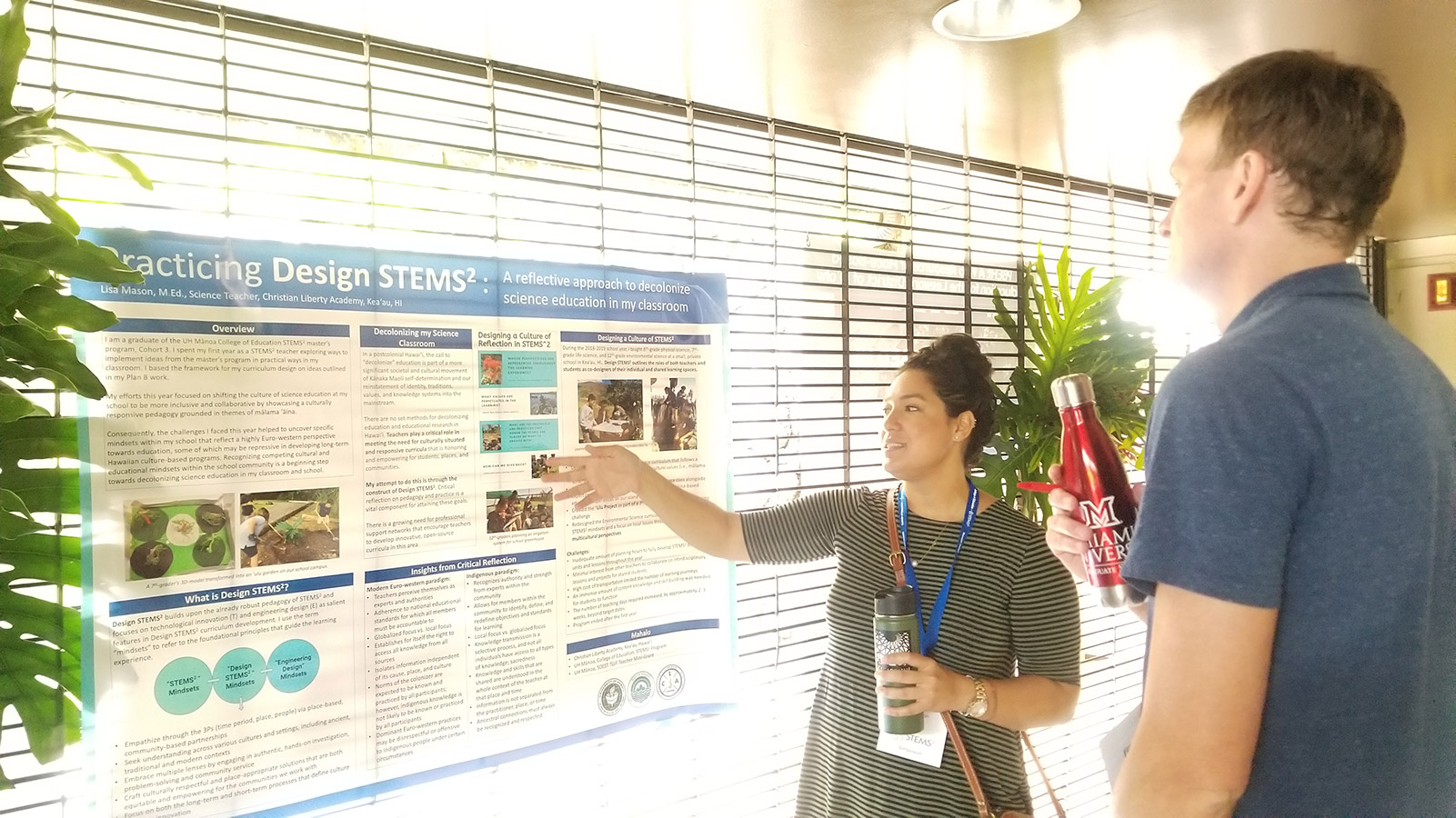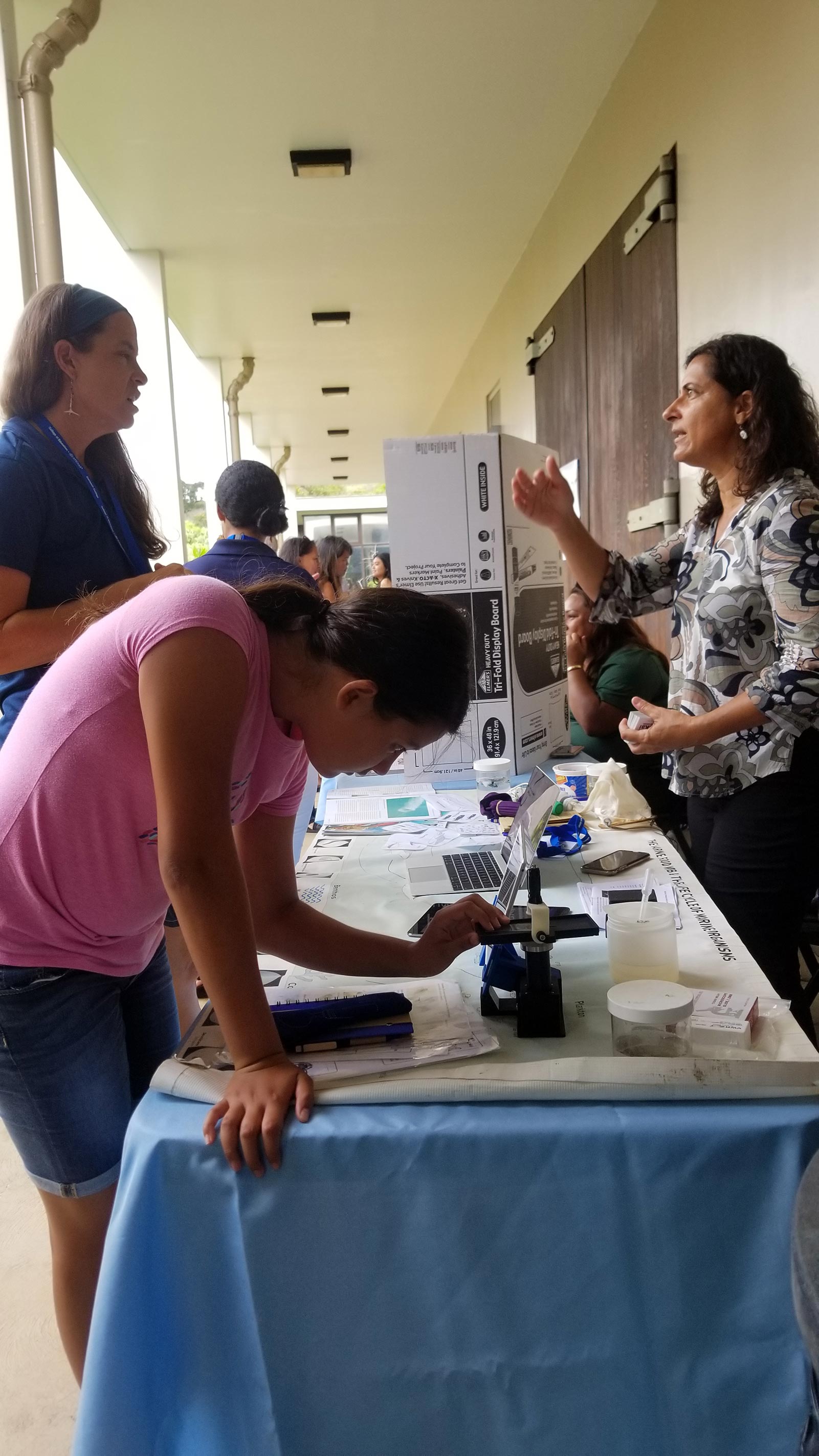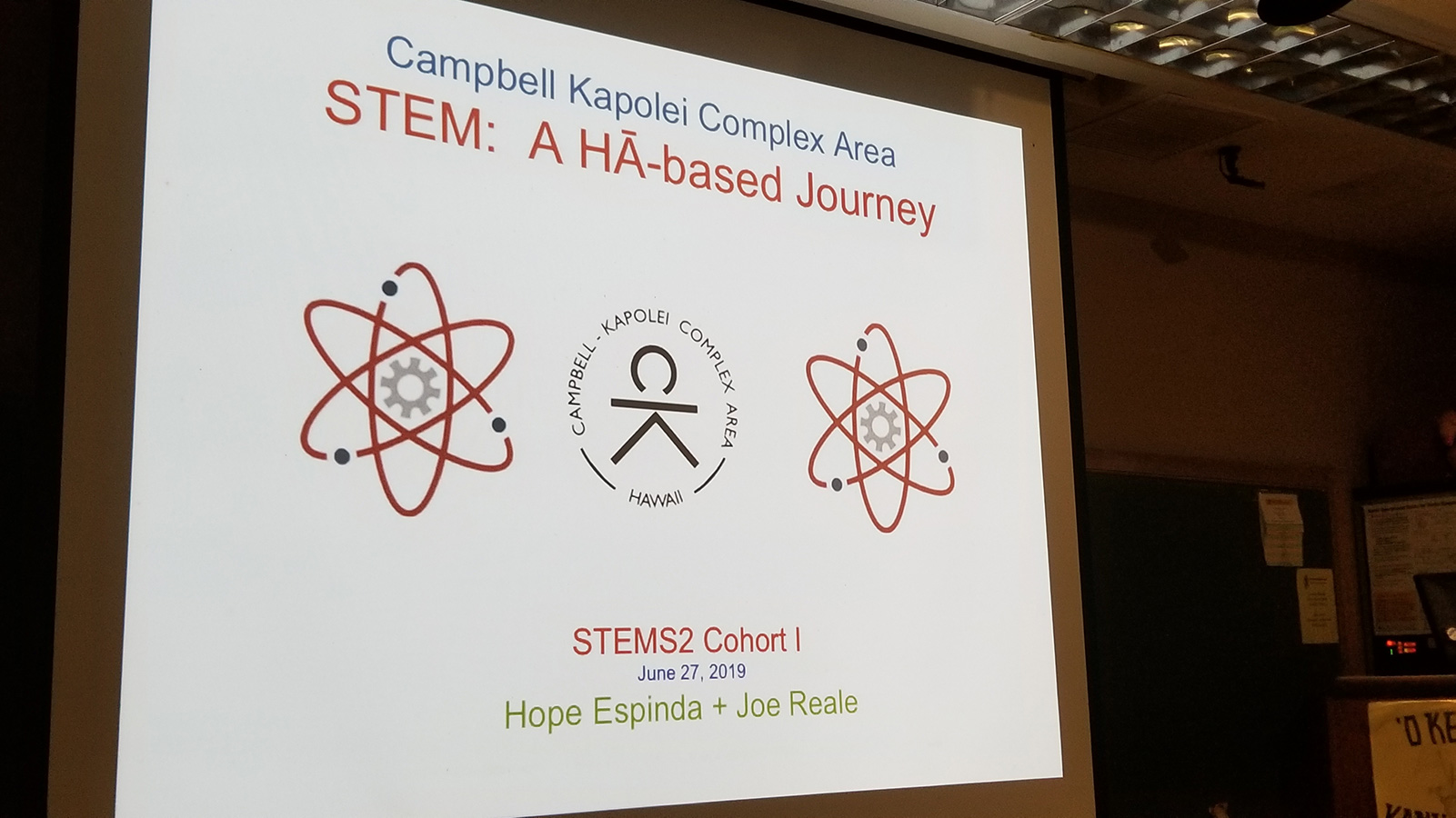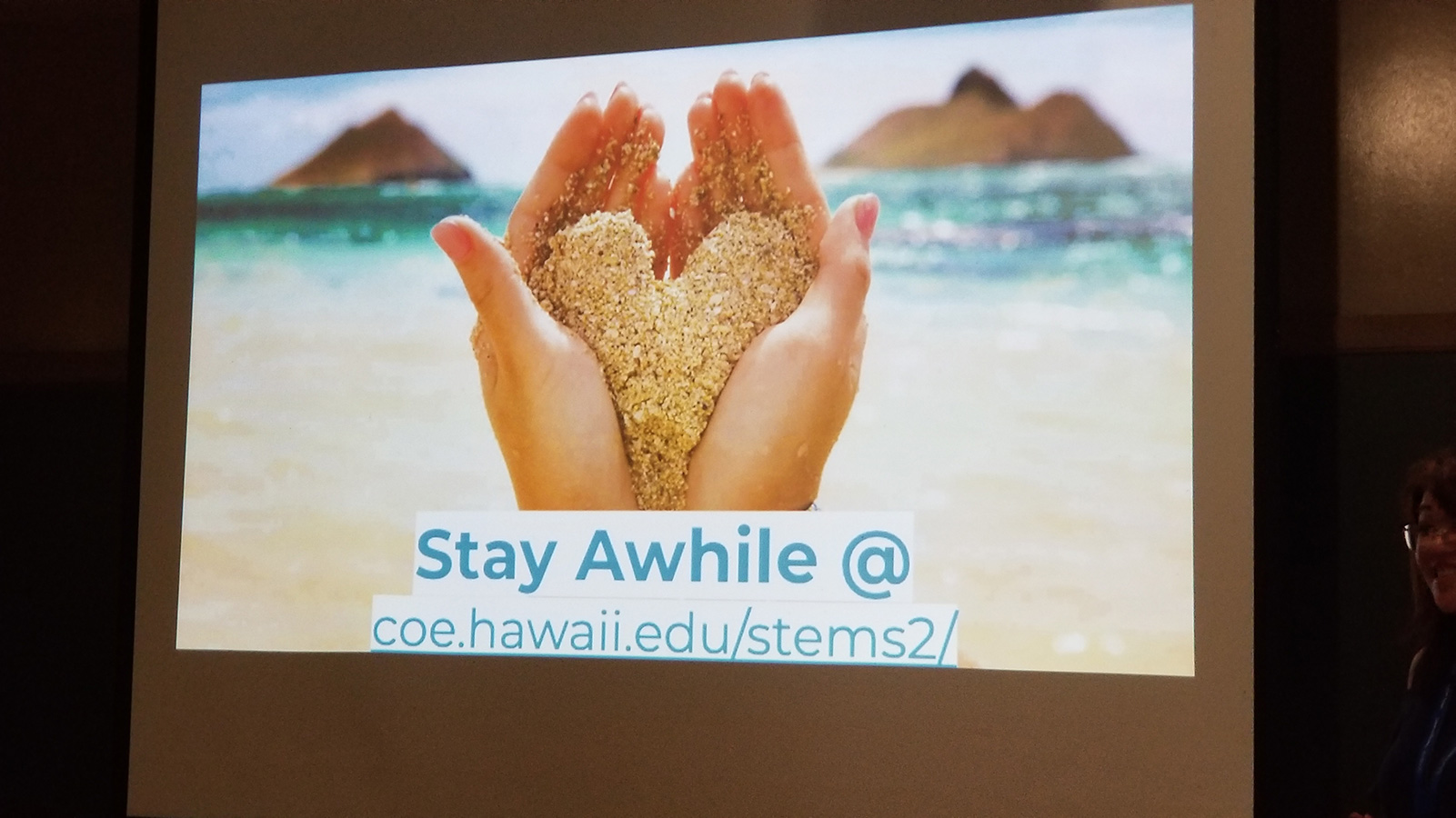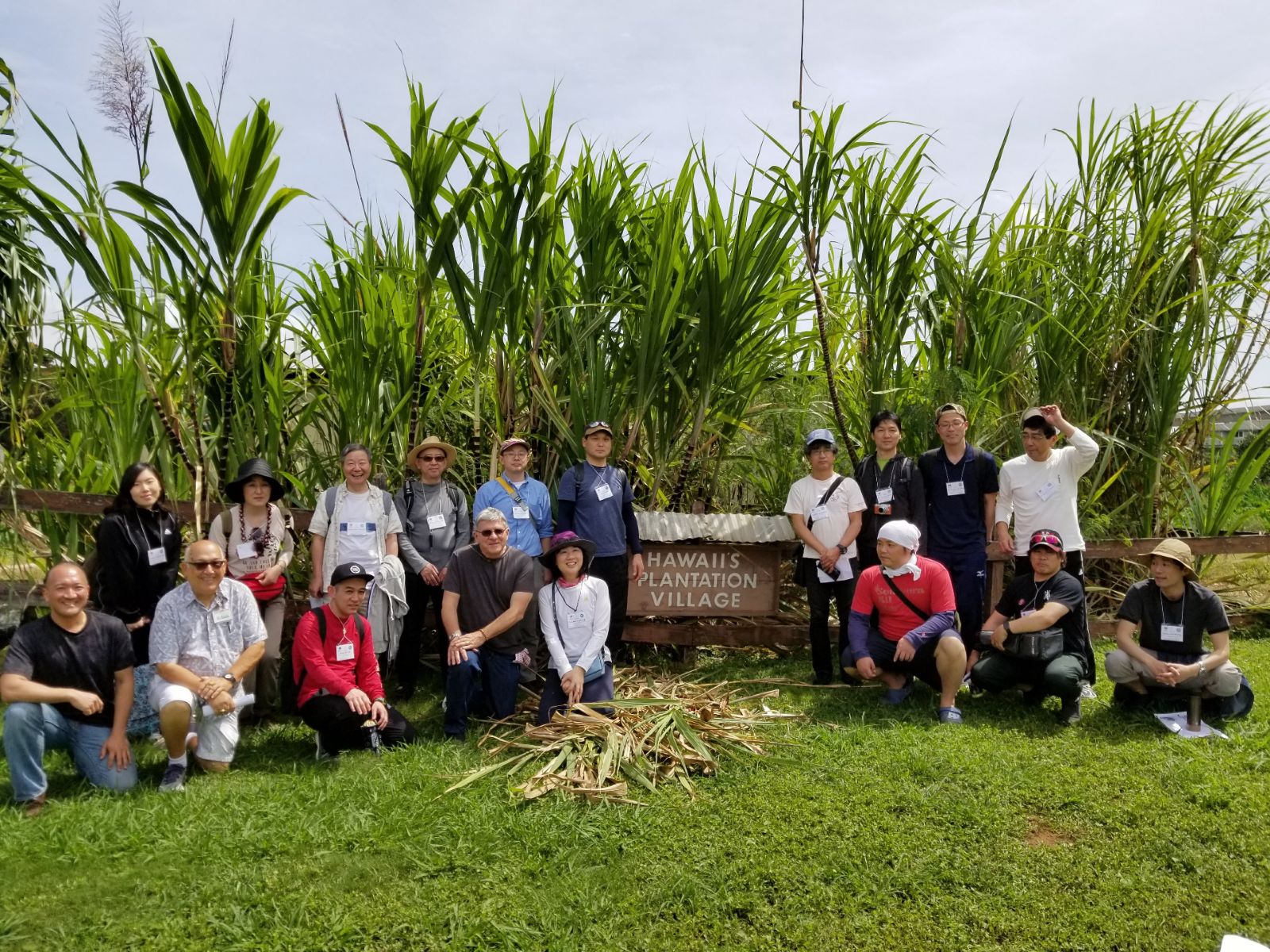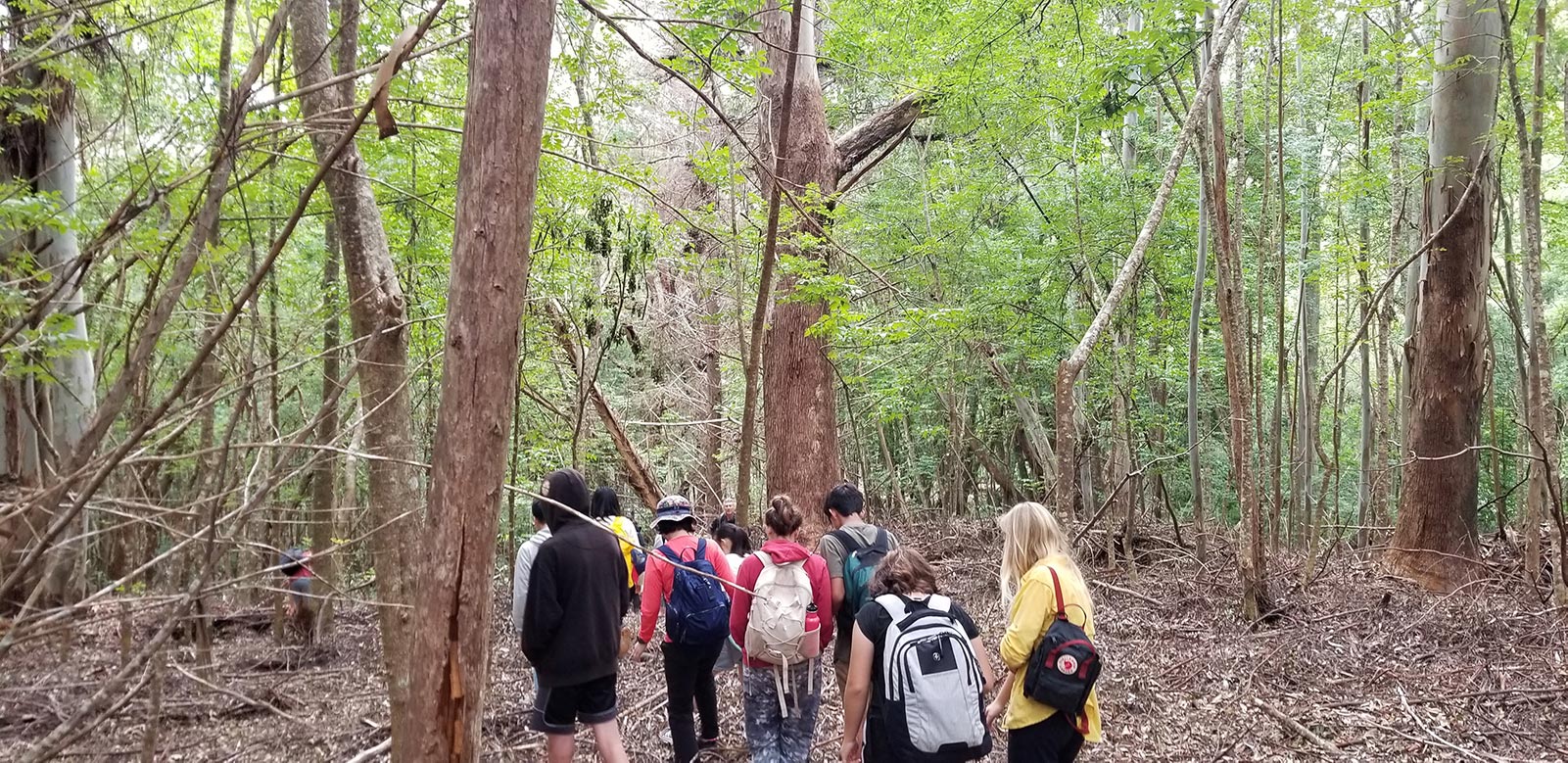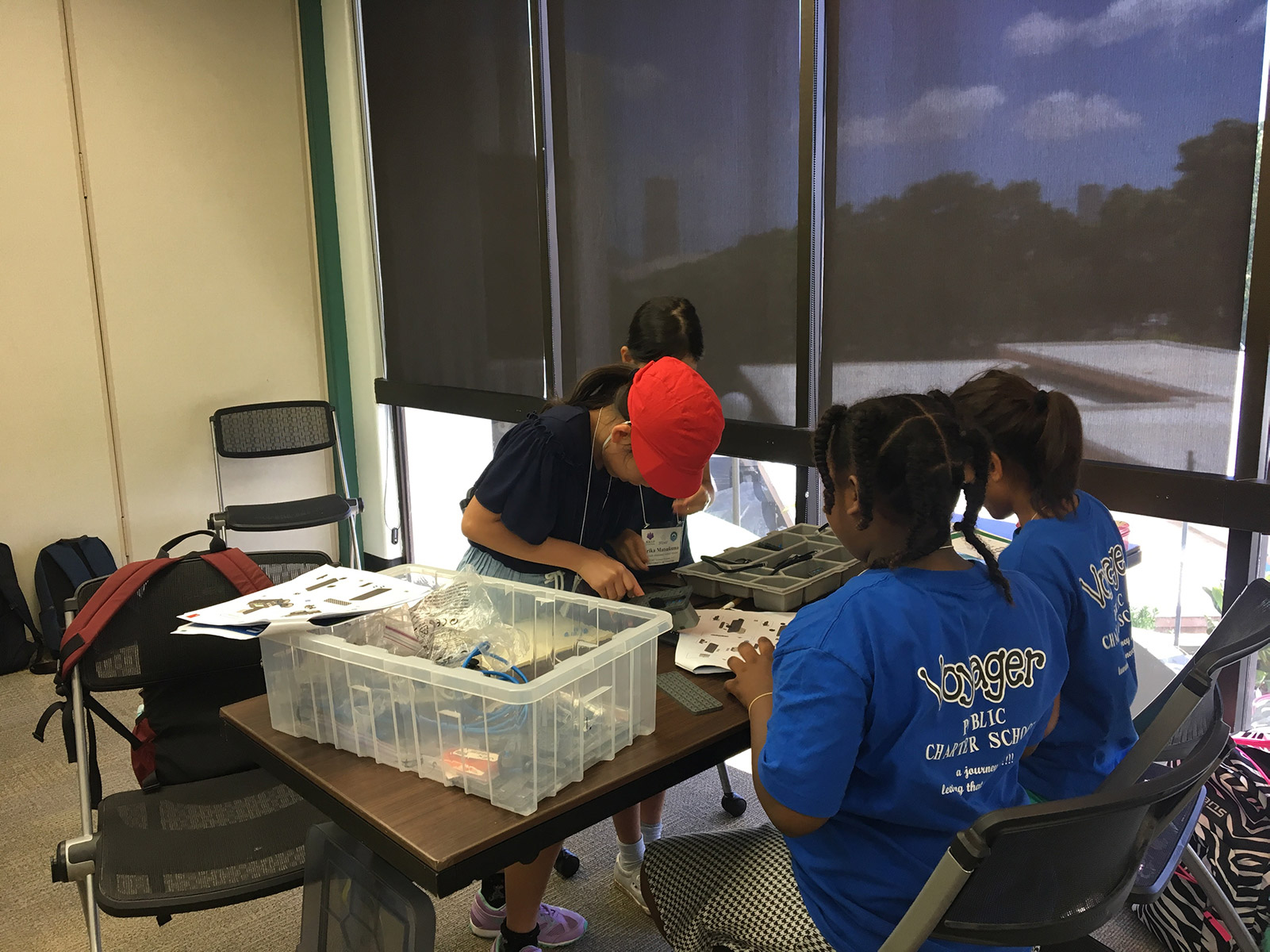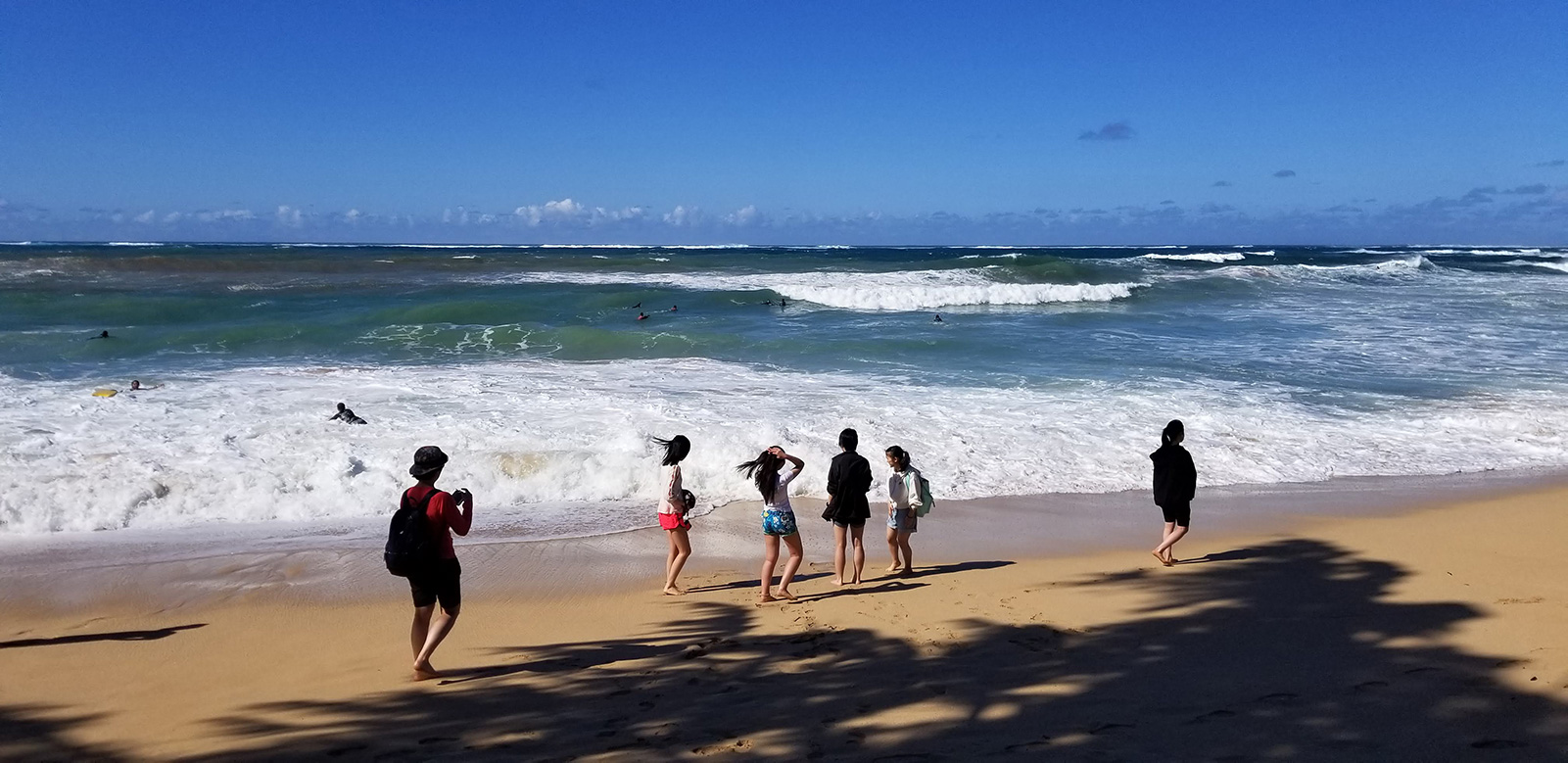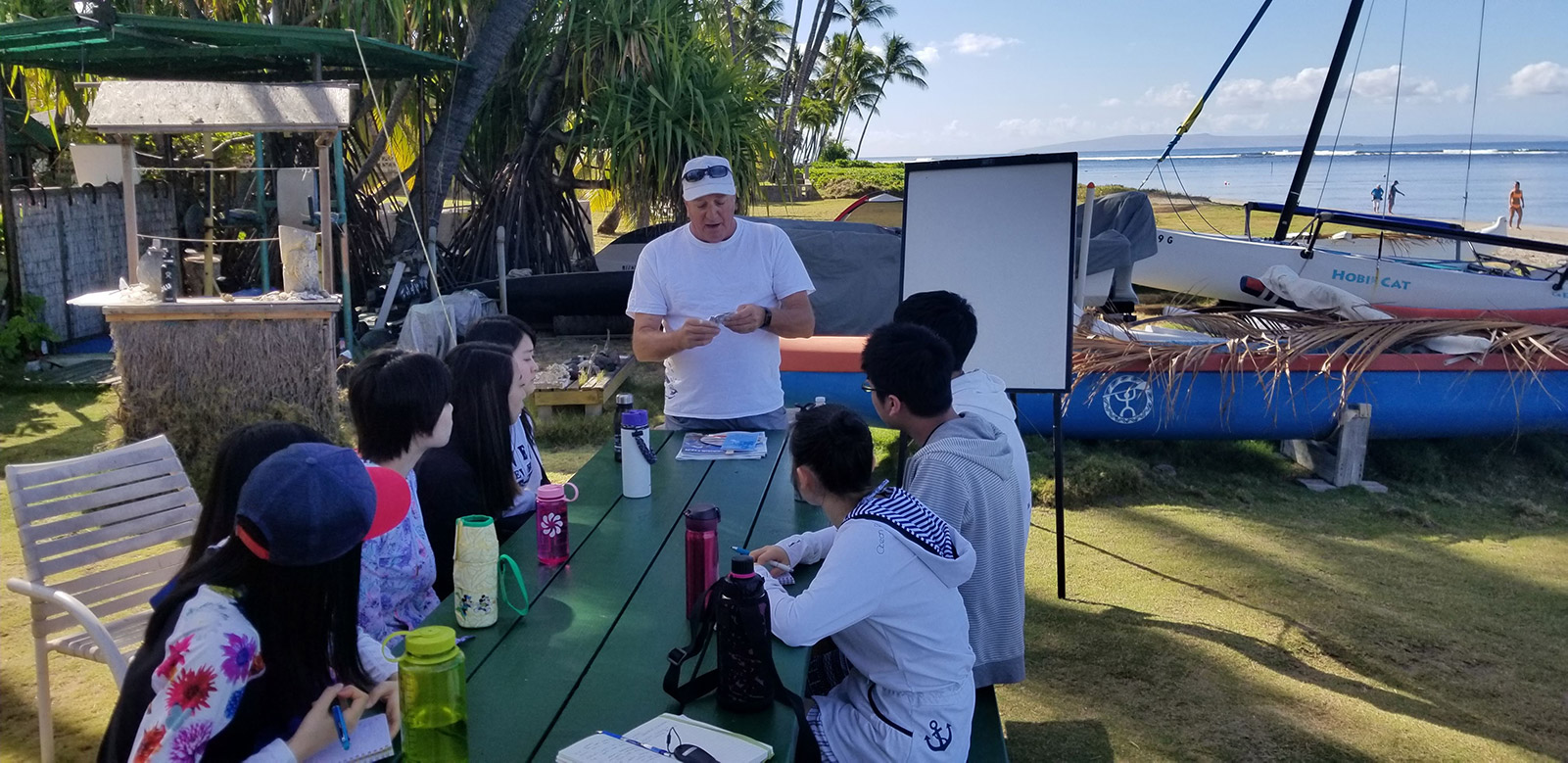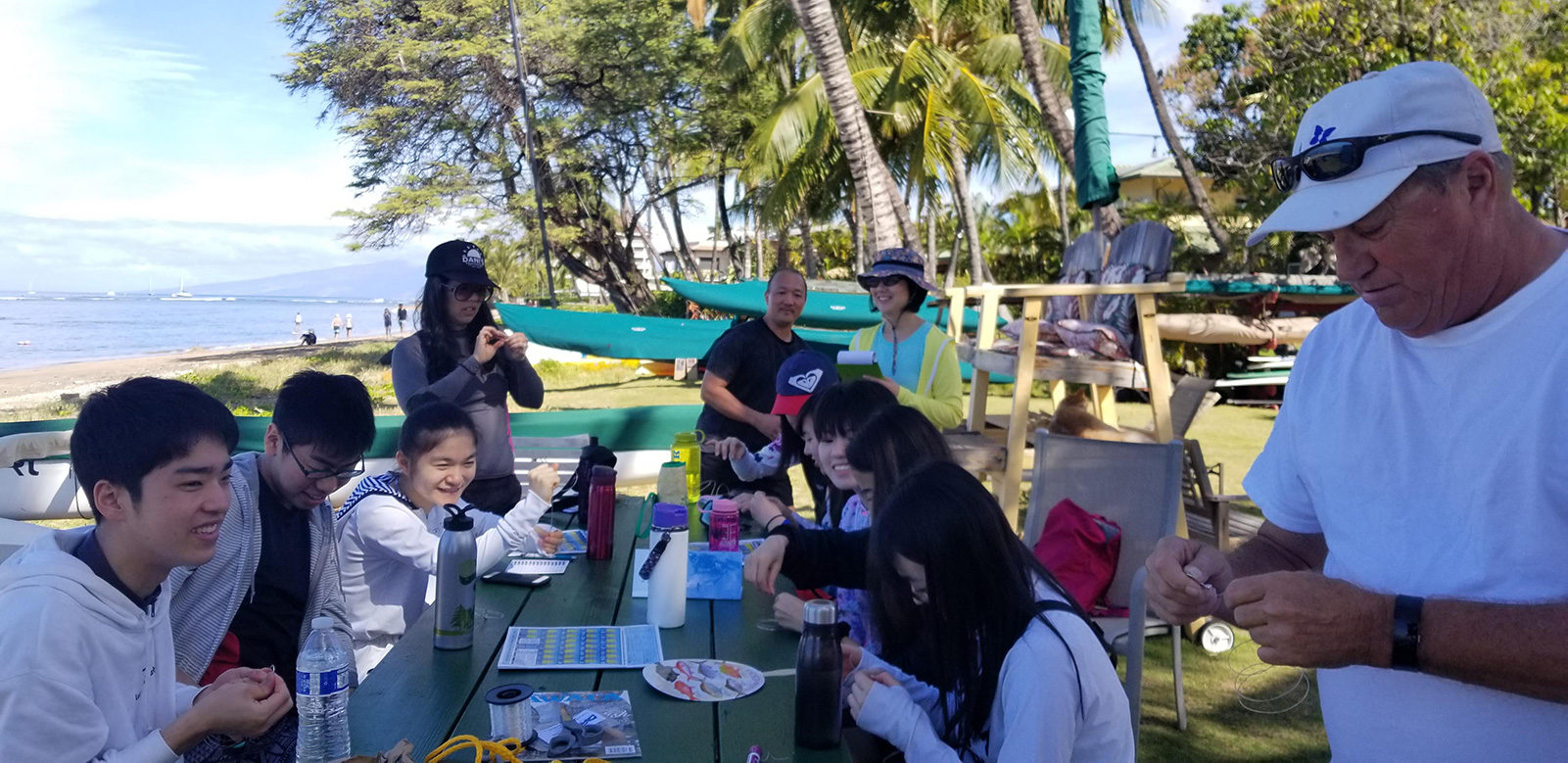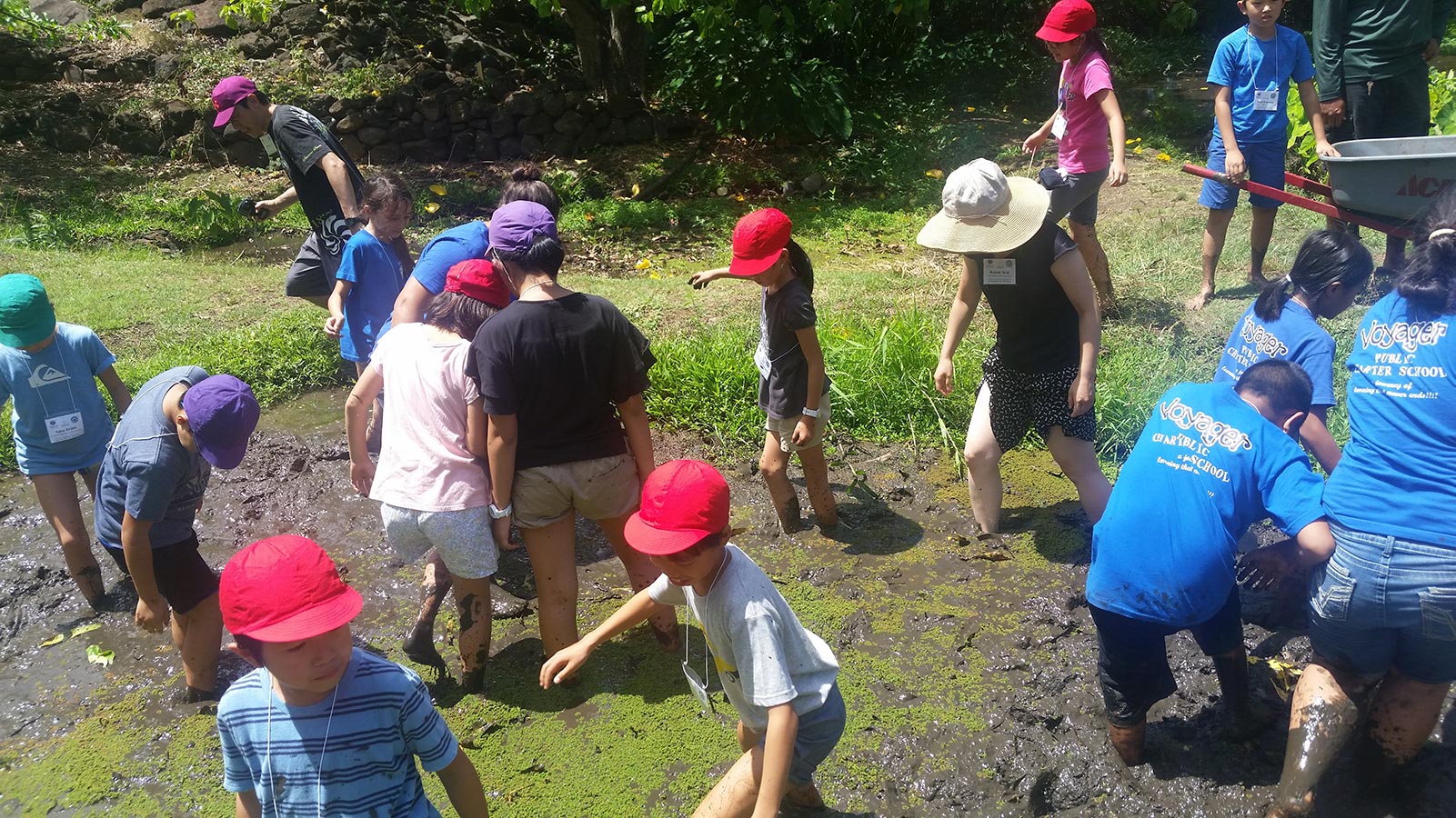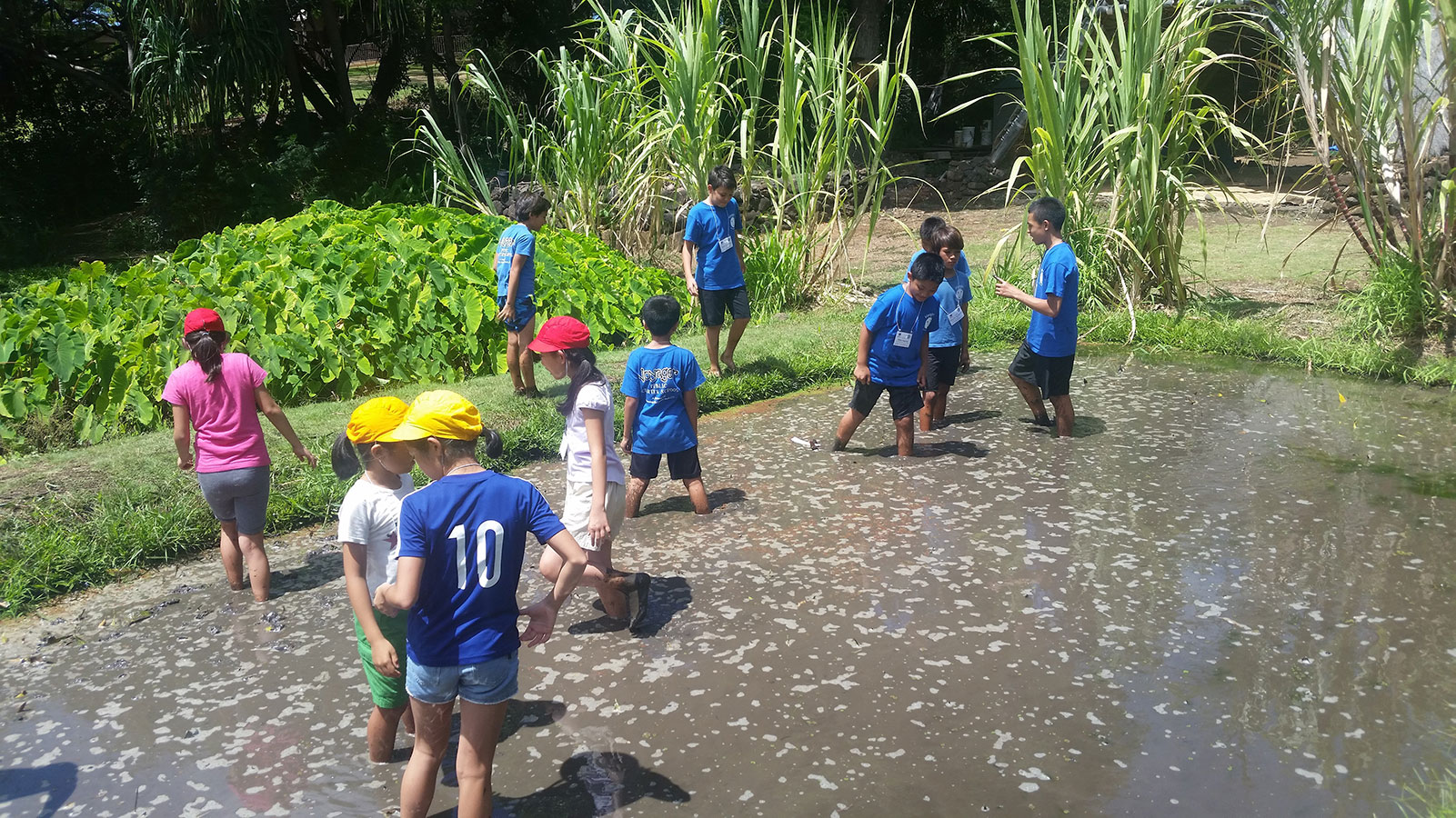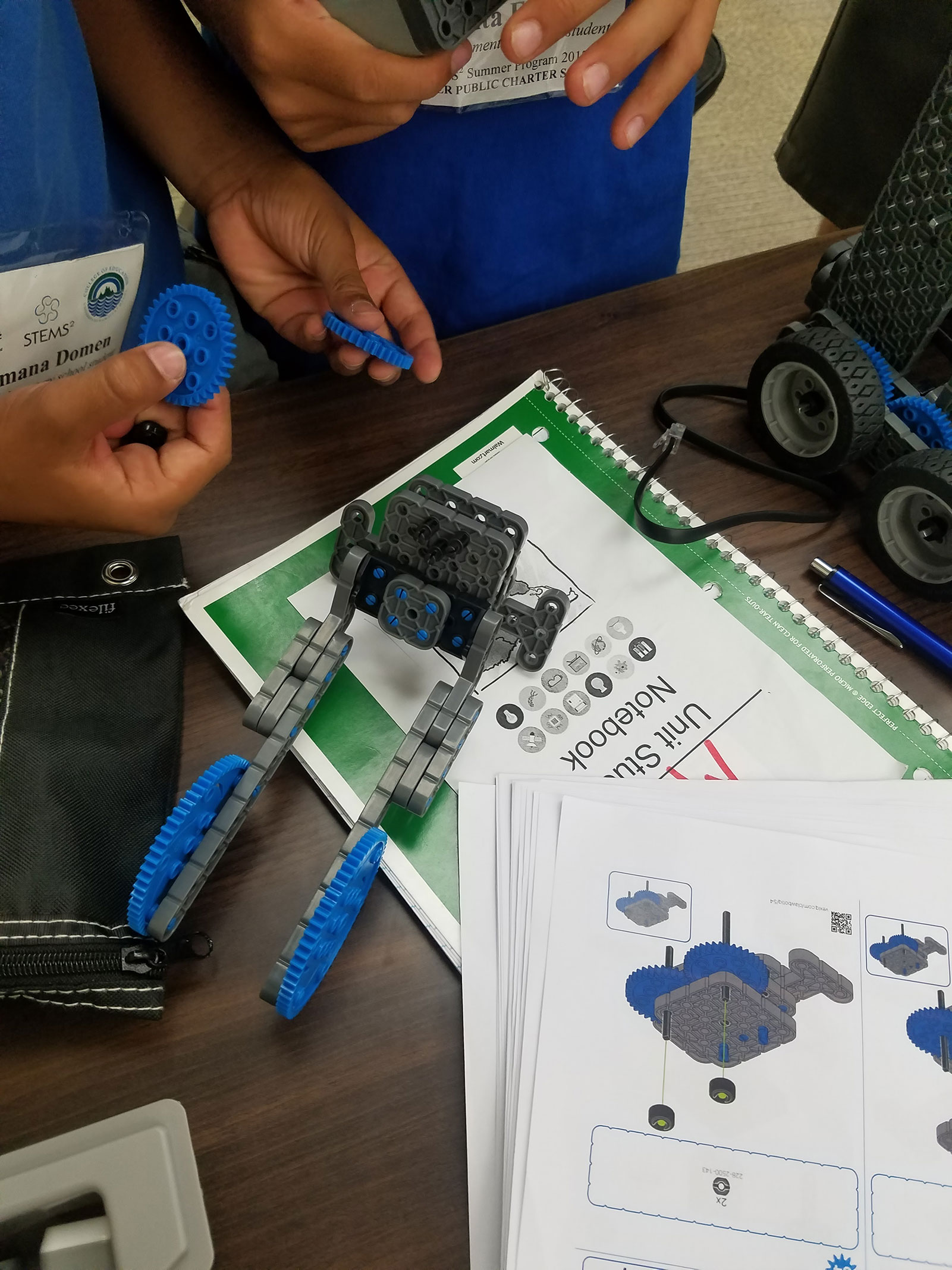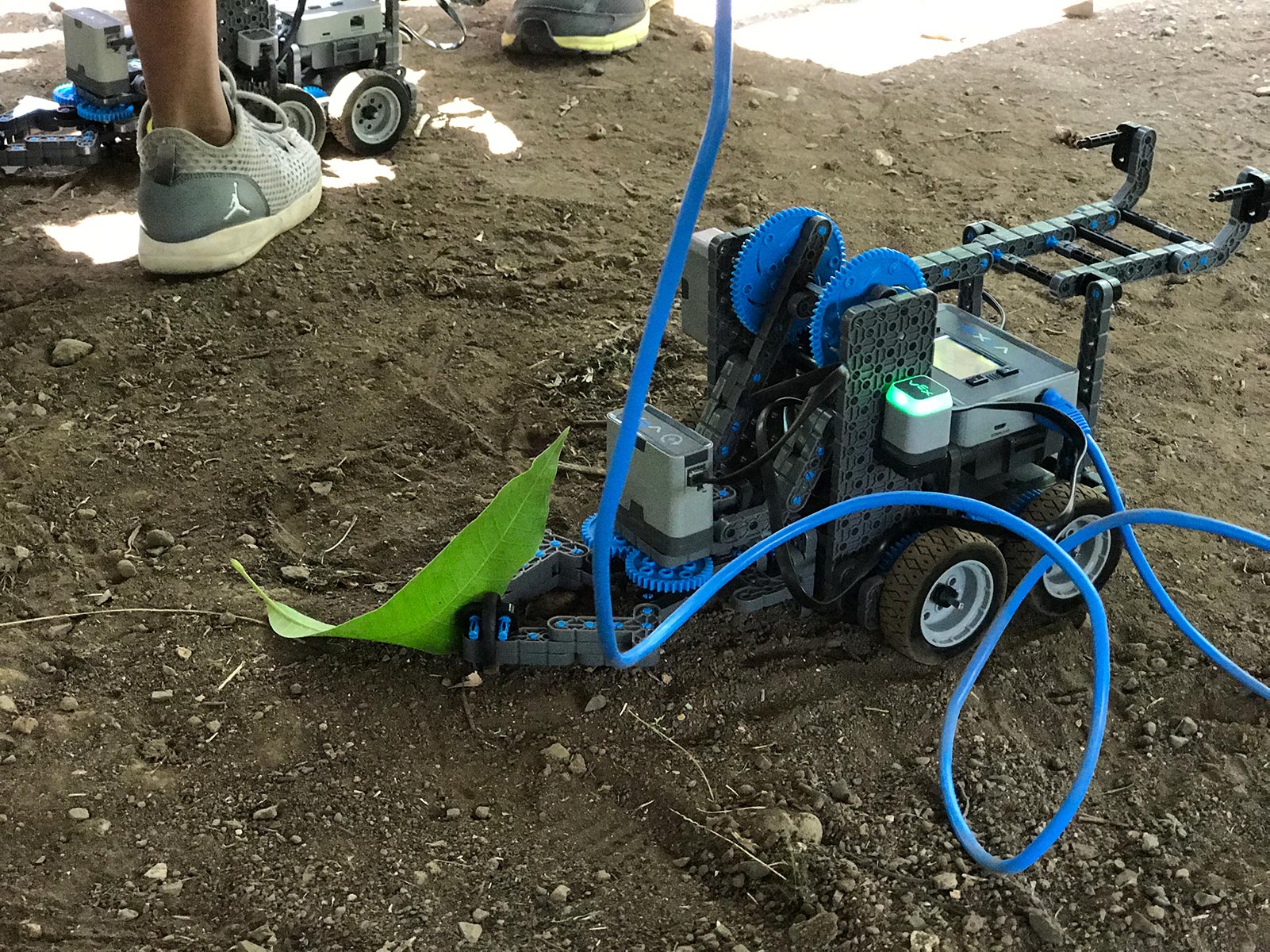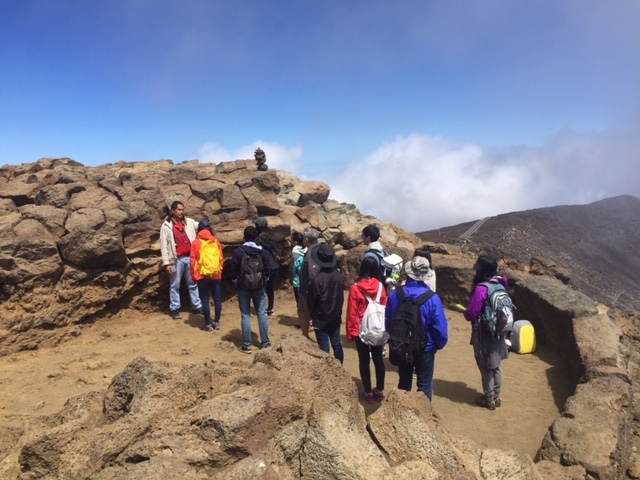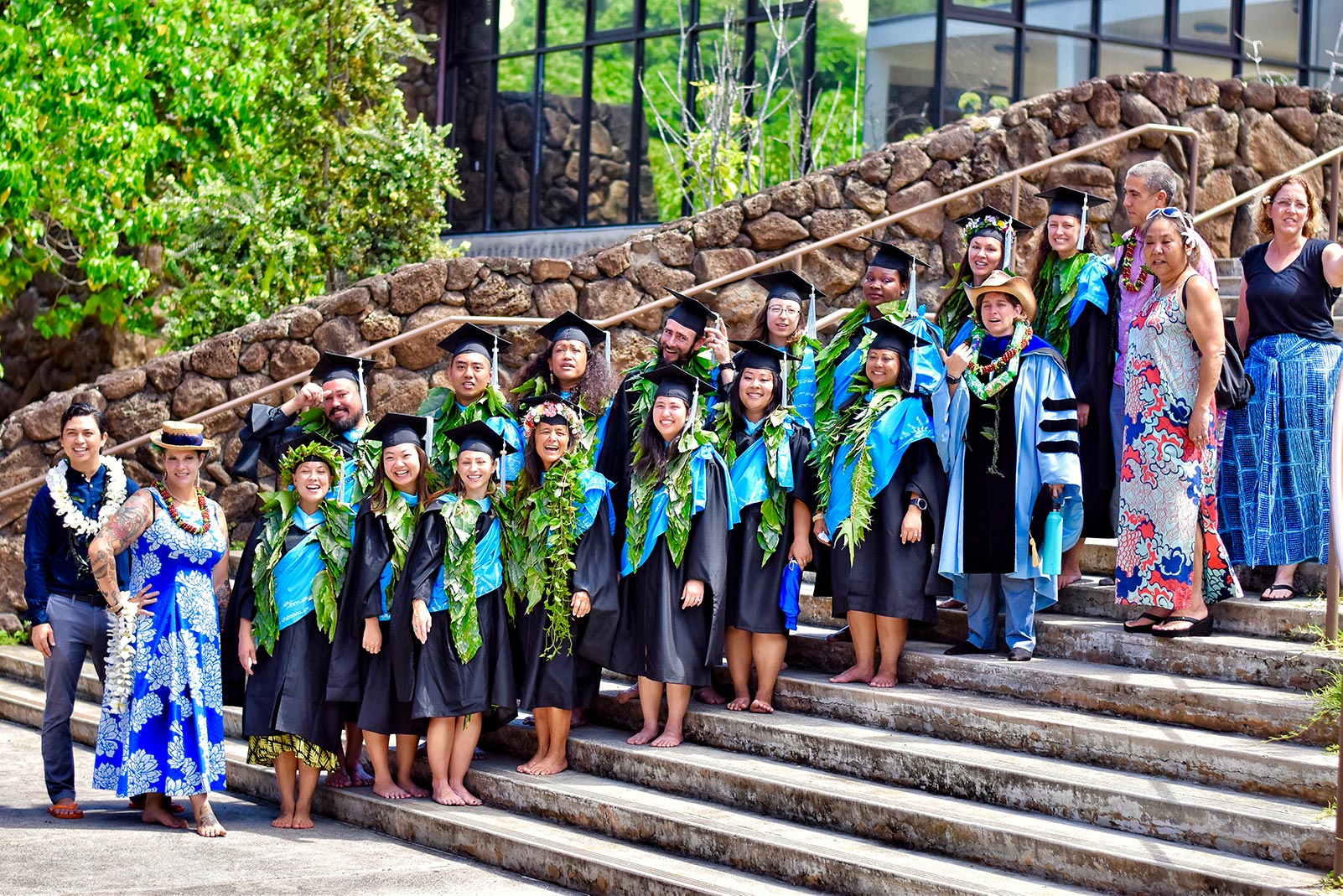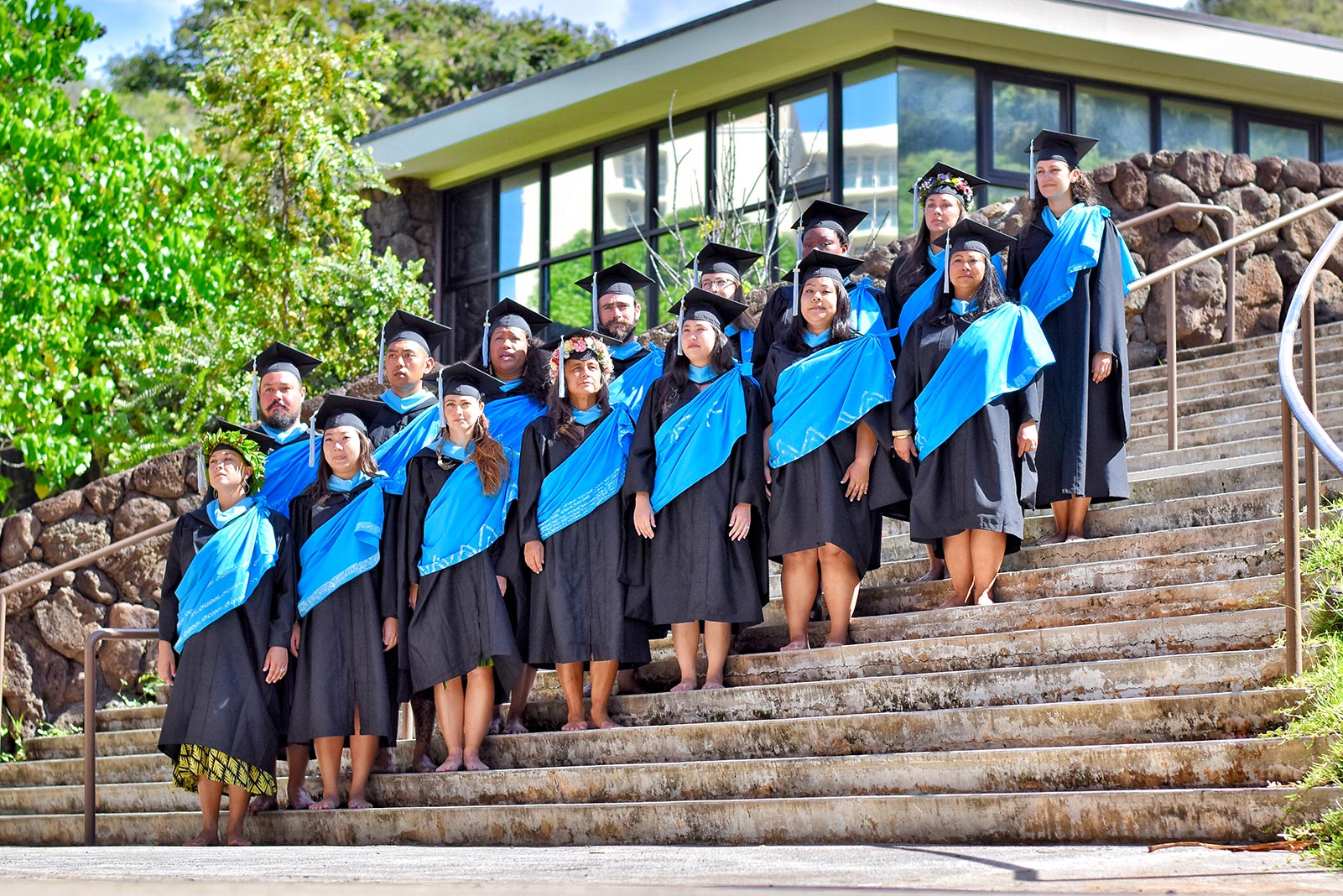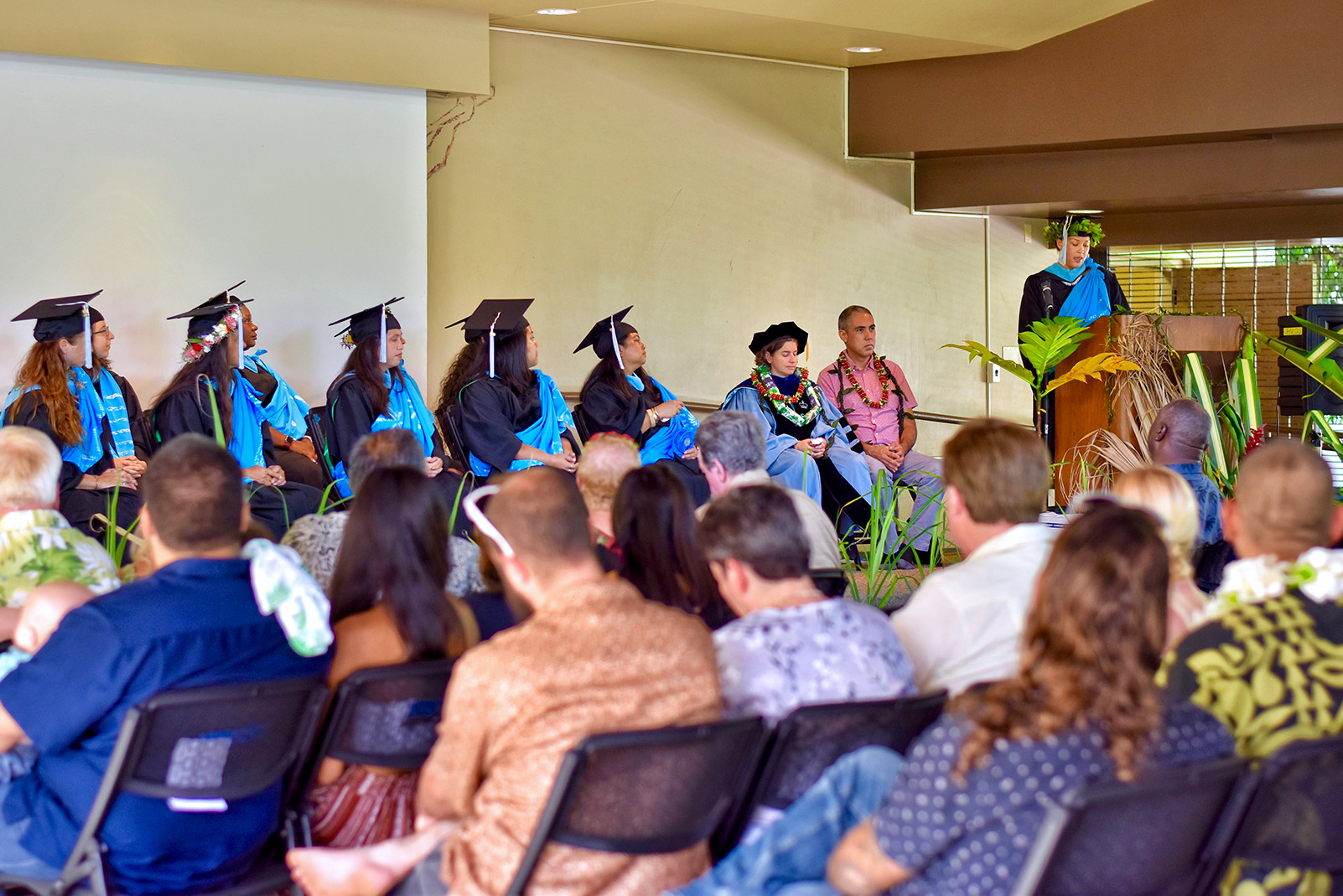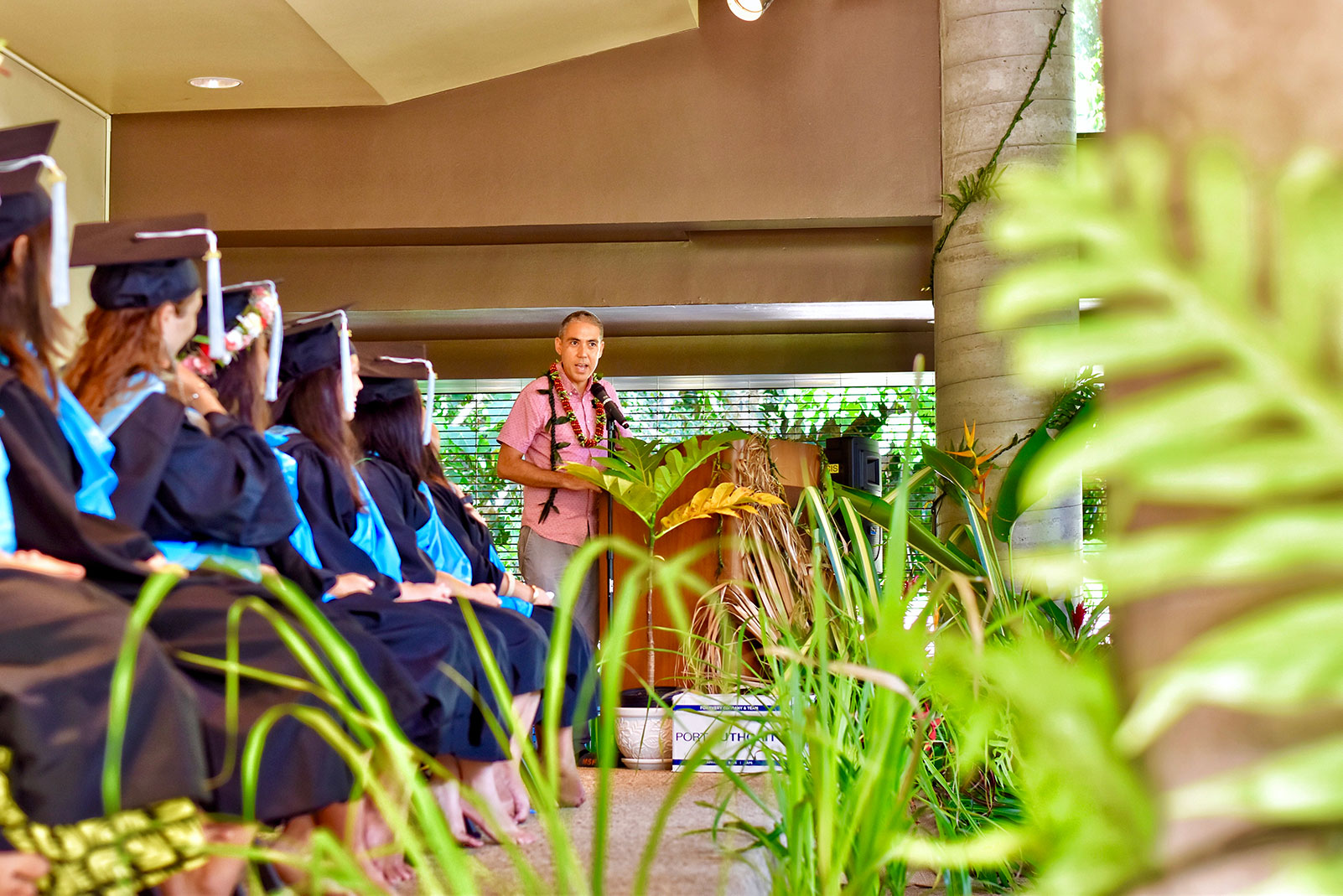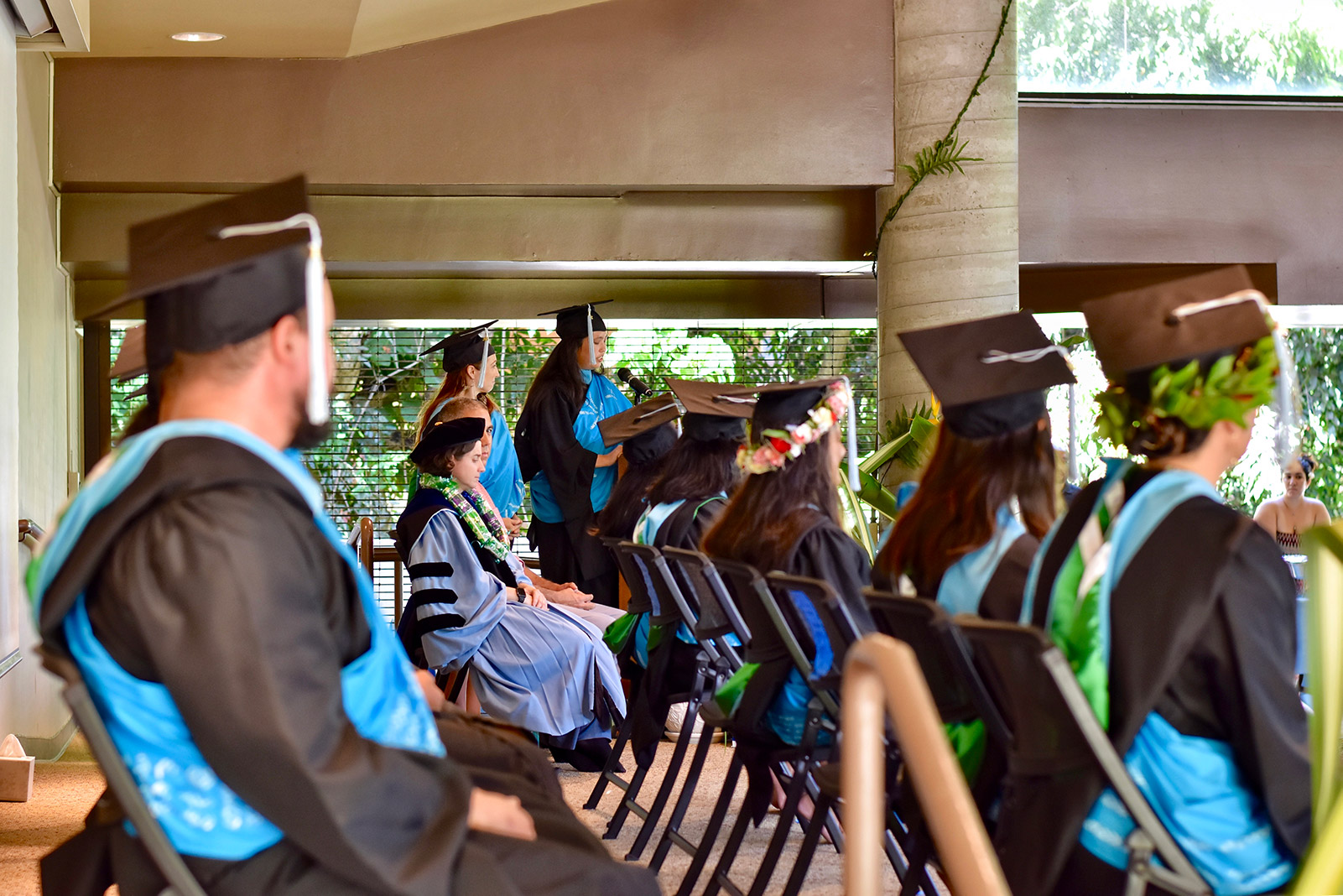Featured
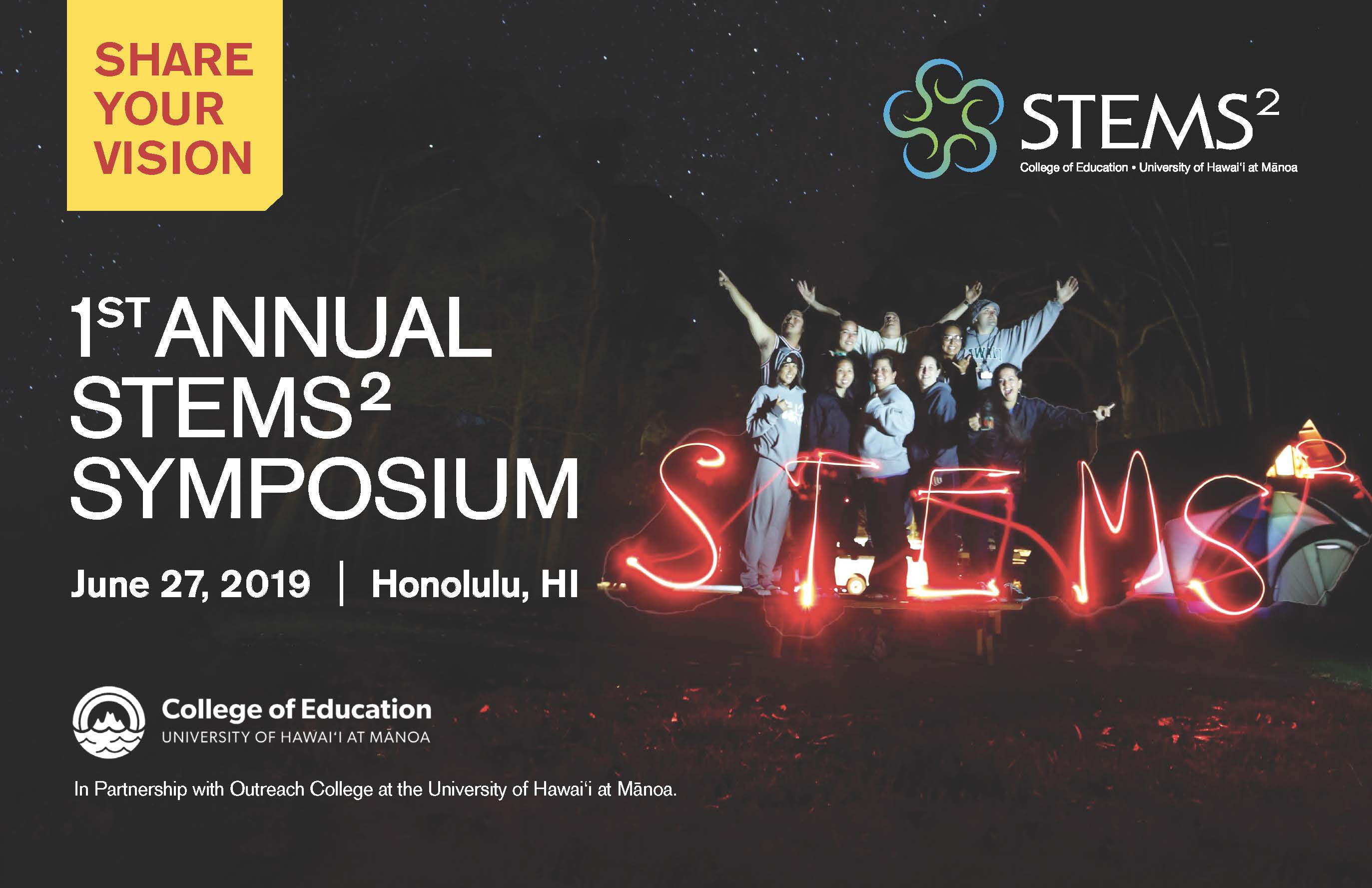
First Annual STEMS² Symposium was a Great Success
On June 27, 2019 a goal three years in the making was achieved, the STEMS² Initiative hosted the first annual STEMS² Symposium.
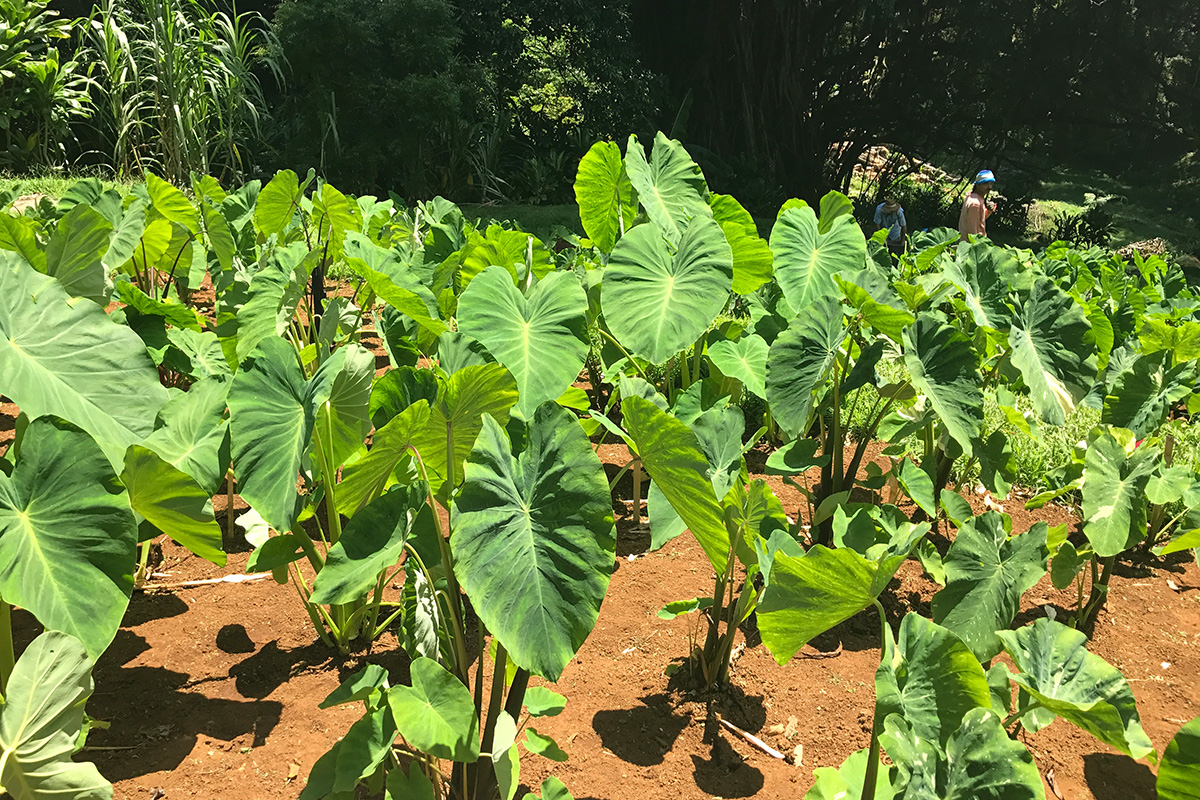
STEMS² graduate's indigenous teaching practices featured on Edutopia
STEMS² graduate of Cohort 3, Bella Finau-Faumuina, was featured in this Edutopia article, "A Framework for Educational Equity." Bella's work featured in this article started with the STEMS² unit she developed in the program.
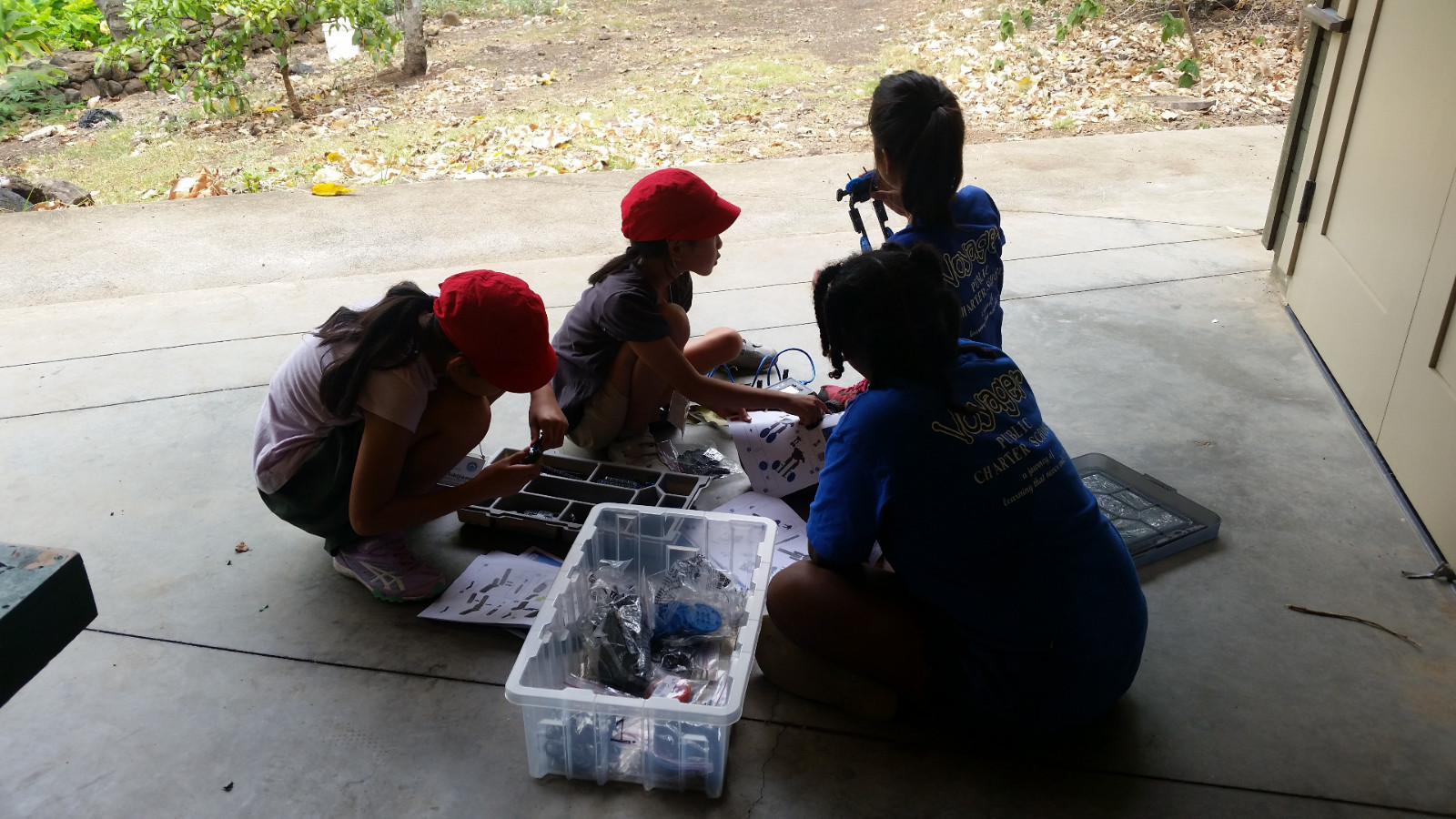
STEMS² Announces MOU with University of Tsukuba
In 2017 Dr. Tara O’Neill and Dr. Hirohisa Nagai piloted a partnership in which STEMS² collaborated with University of Tsukuba and the Tsukuba University Laboratory School Network to provide student and teacher delegations with STEMS² learning experiences.
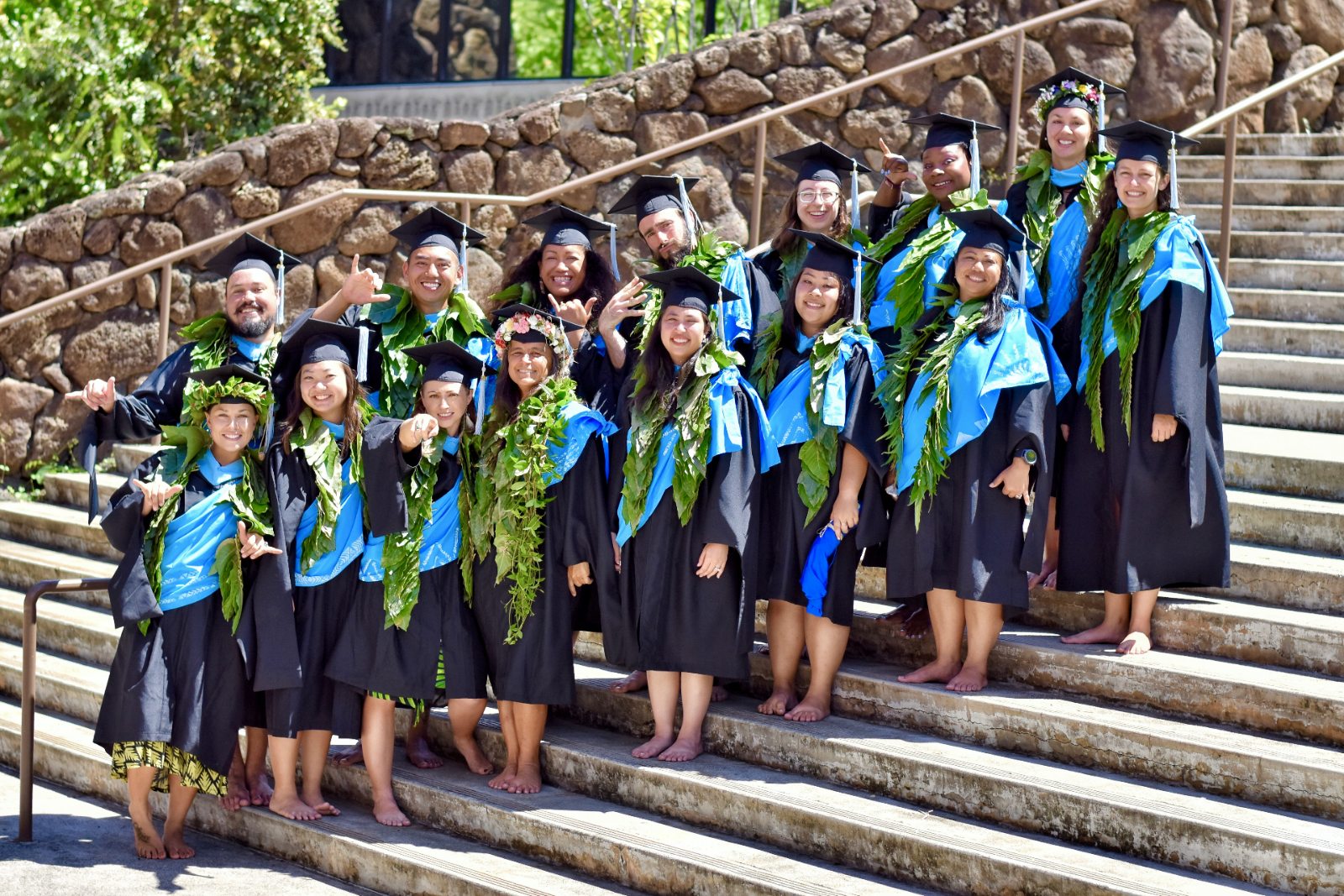
Welcome to the Newest Curriculum Studies STEMS² Masters Alumni
The STEMS² Network is pleased to welcome the newest alumni of the STEMS² Masters track.
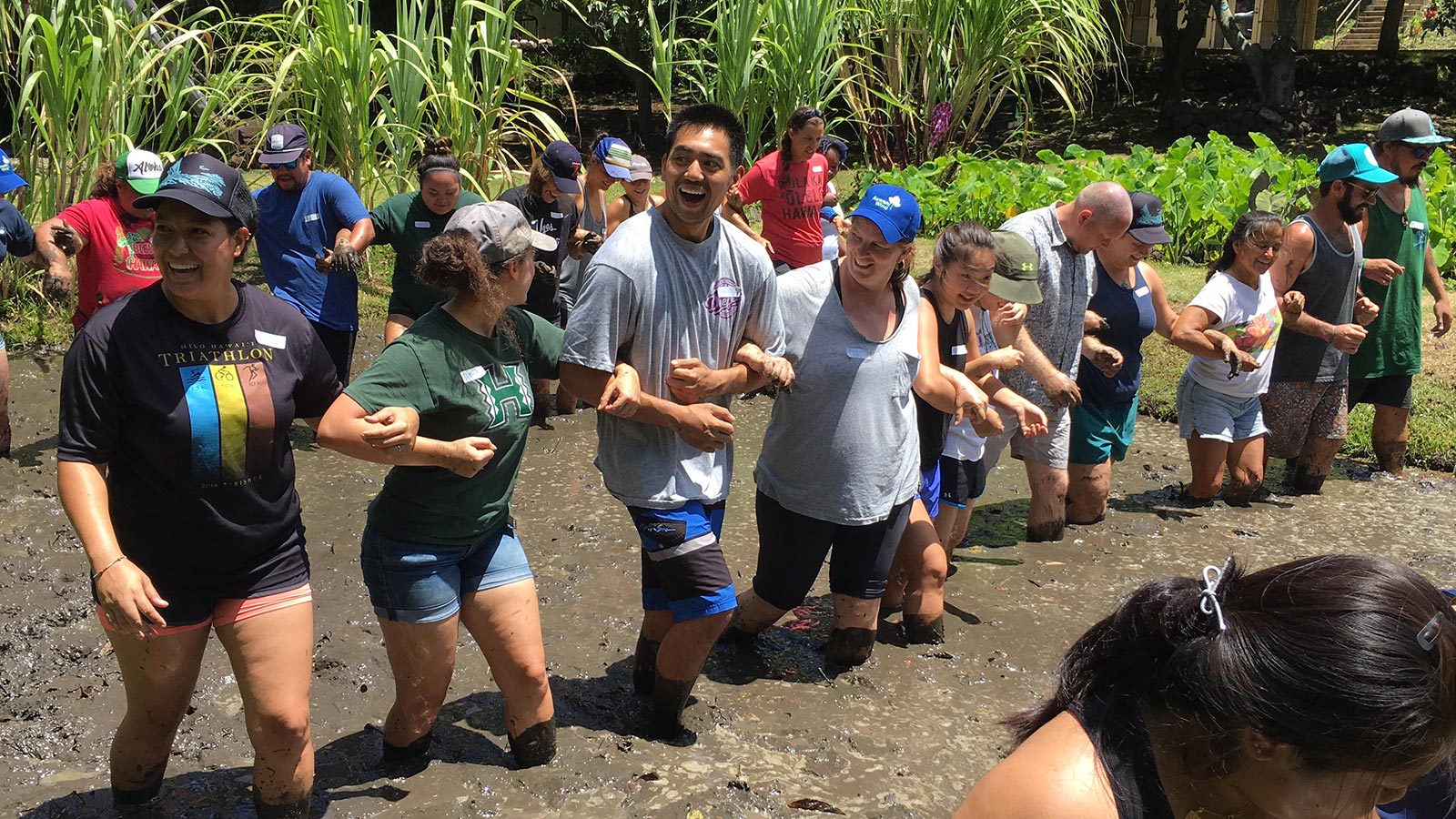
Applications Open October 1 for STEMS² Cohort 6
Accepting applications for the STEMS² master's track (cohort 6 participants) starting October 1.
Gallery
Meet the STEMS2 ʻOhana
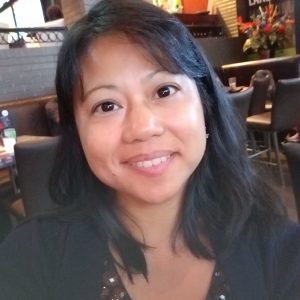
Charmaine Kimoto
STEMS2 Student/Alumni
High School Science Teacher
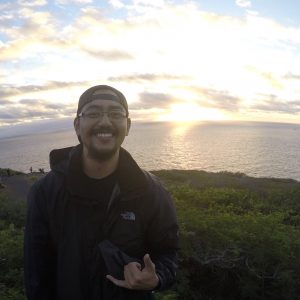
Michael Samiano
STEMS2 Student/Alumni
Elementary Special Education Teacher

Nicholas Schaffer
STEMS2 Student/Alumni
Informal Educator: Professional Ski Instructor/Farmer/Ecologist
Featured Curriculum & Research
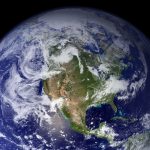
Engineering for a Changing Climate
Phenomenon for this unit are (1) the King Tide and (2) the permafrost thaw and resulting coastal erosion at Shishmaref, AK. We then focus on our local community. Using maps, video, photographs and guest speakers, students explore coastal erosion. They will build models to test their designs for coastal erosion mitigation and conduct environmental sampling to determine the impacts of their solutions. Finally, students will work with visiting artists to share their knowledge with the community.
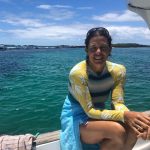
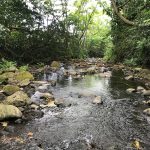
Learning from the Past, Designing our Future: Conservation of Hawaii's Watersheds and Freshwater Resources
This two part integrated multicultural unit is designed for use with 11th-12th graders. Part 1 (4 weeks): students learn about watersheds and aquifer systems via exploration of connections between healthy native ecosystems and clean water in the context of the loko i’a system and their school greenhouse. Part 2 (4 weeks): students will learn the process of design thinking and engage in an engineering design challenge related to sustainable water use on their school campus.

Teacher
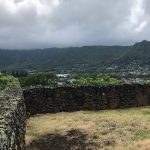
E Mālama i ka ‘Āina
Students will explore the history of their local community by visiting places of cultural significance to the communities development. Student partners will then research an environmental concern in their community and present their findings to an audience that consists of school, family, and/or community members. The unit was designed for students living in ‘Ewa Beach and Kapolei on Oahu island but the ideas and content can be adapted to other locations within Hawai‘i and around the world.
